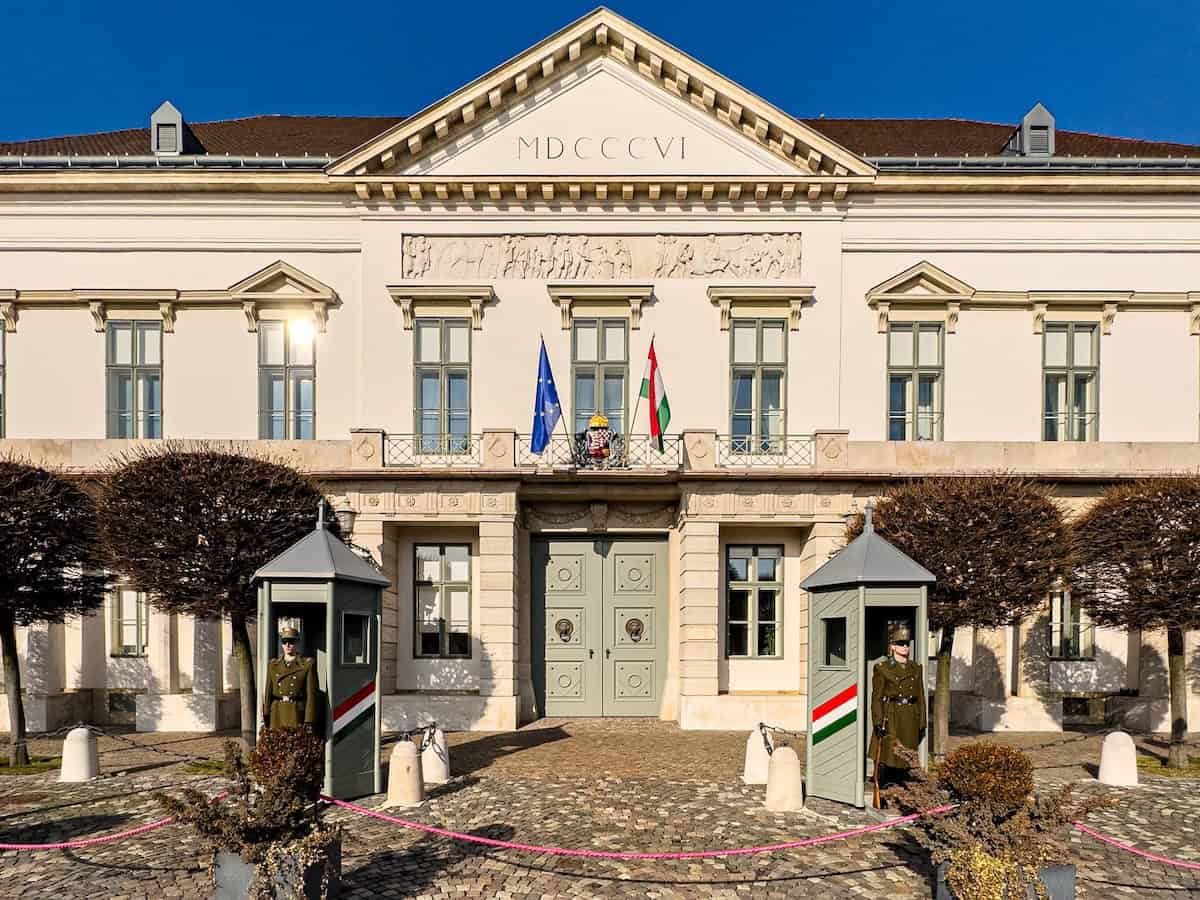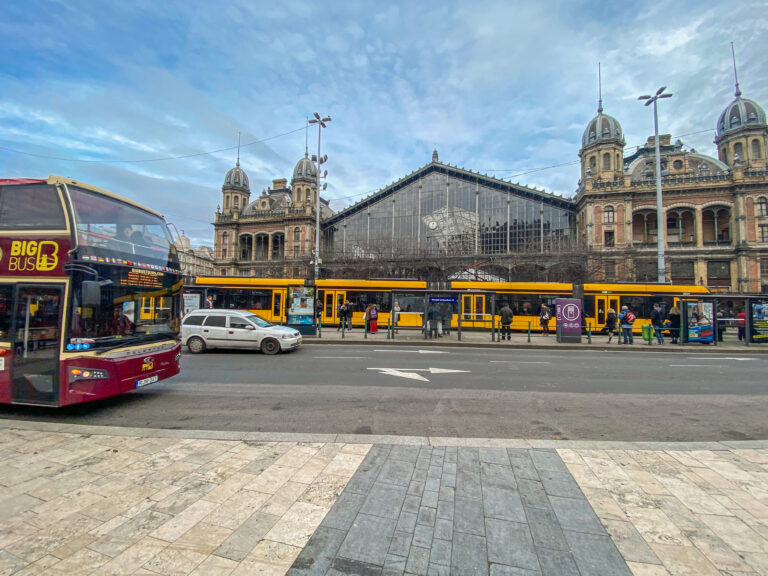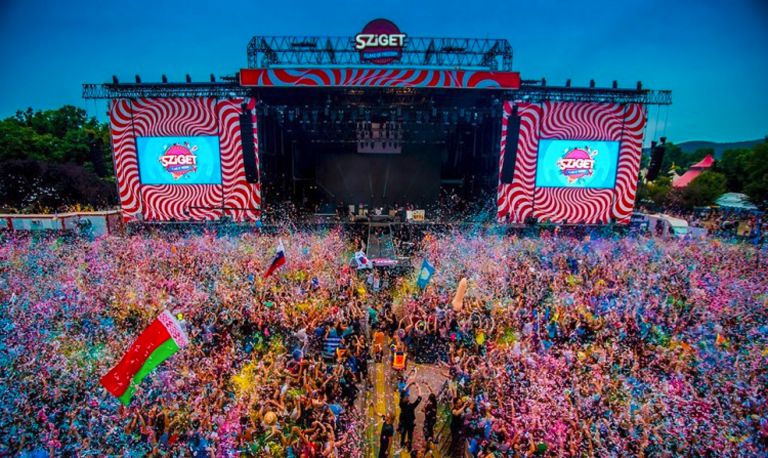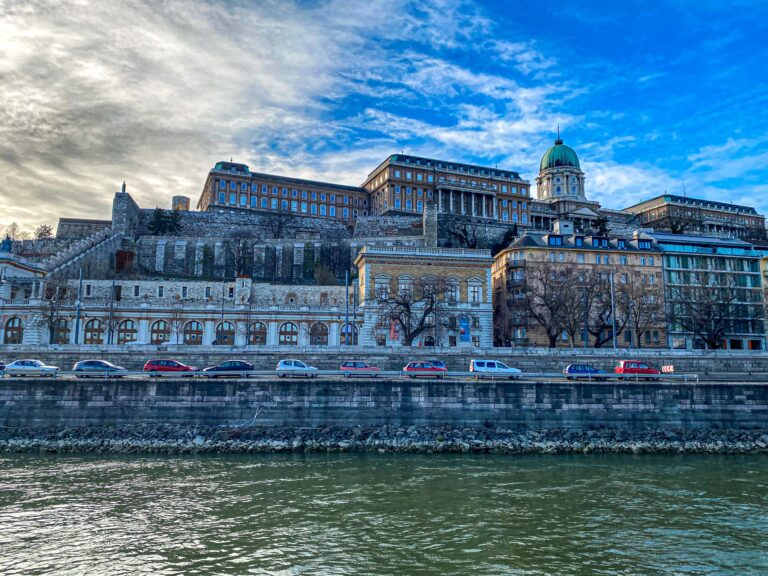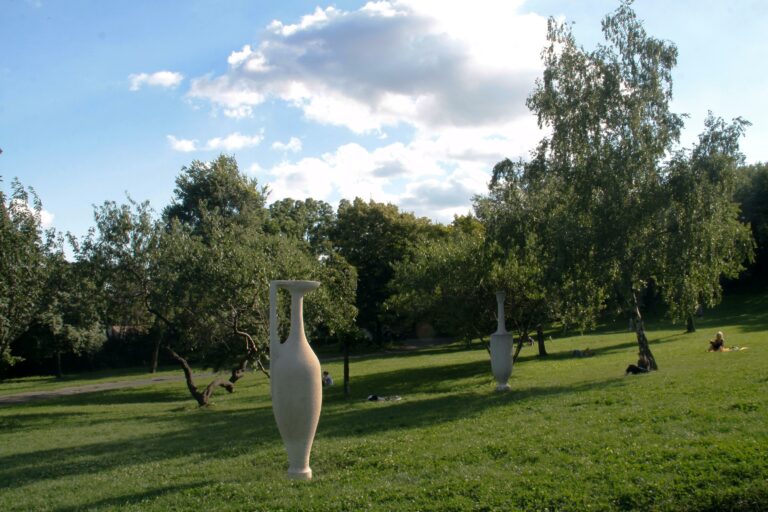Sandor Palace – The Presidental Residence in Buda Castle
Sandor Palace – The Presidental Residence in Buda Castle
Do you want to know where the President of Hungary lives? Sándor Palace , (Sándor Palota) a neoclassical palace is his residental place in the Buda Castle. Visiting the Buda Castle as a tourist in Budapest is a must. There are guided walking tours available or you can also explore the wonders of this district on your own. If you are in the ancient castle district, besides visiting the Royal Palace or Matthias Church you shouldn’t miss this wonderful palace, which has been the official residence of the President since 2003. The government offices, including the Office of the President of the Republic is also located in this building. If you are interested what it looks like inside and outside, see beautiful unique photos of the interiors and know who the Devil Rider was, read this article.
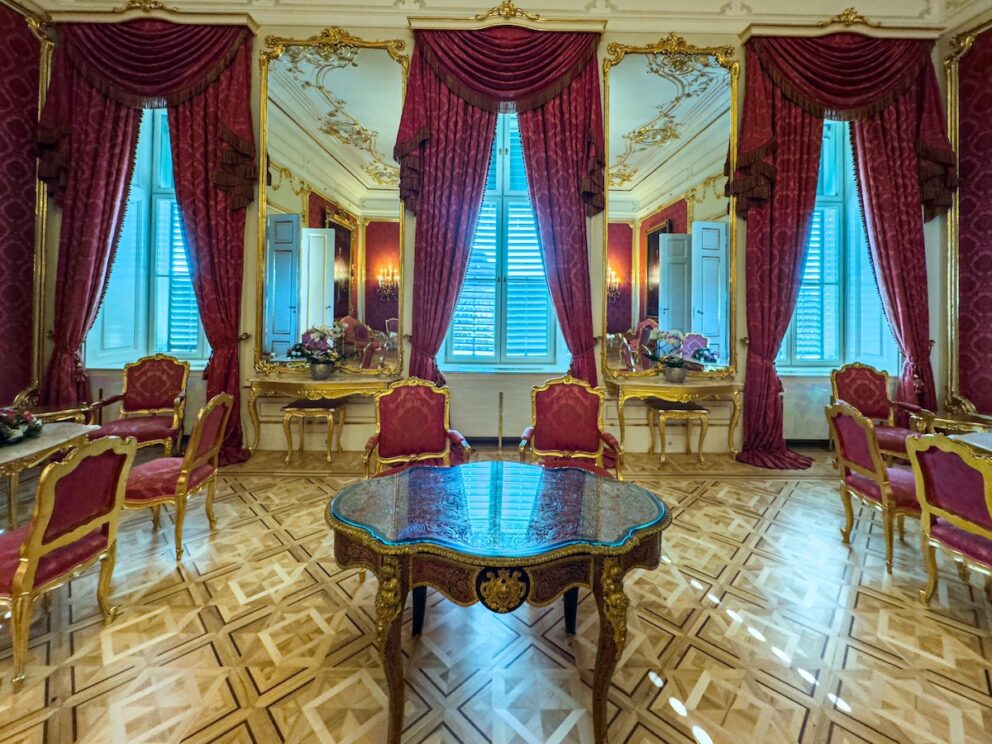
Where is Sándor Palace located and how can it be reached?
Sándor Palace can be found in Hungary, in Budapest, the southern part of Buda Castle, in Szent György square. If you want to reach Sándor Palace, you have several options.
- Either from Deák Ferenc square (M1, M2, M3) or from Széll Kálmán square (M2, Tram 4-6) take bus number 16 and get off at Dísz square. The palace is only some minutes walk from the bus stop.
- If you are at the foot of the Castle Hill, use the Funicular or just walk up the strairs.
By the way: the castle tunnel can be found under the palace, which was recently renovated and gradually restored to its former glory to ensure its structural integrity and remains a stable part of Hungary’s political system.
Pro tip: Are you curious about Matthias Church in the Buda Castle? Read our article about the stunning Gothic structure that offers a breathtaking view.
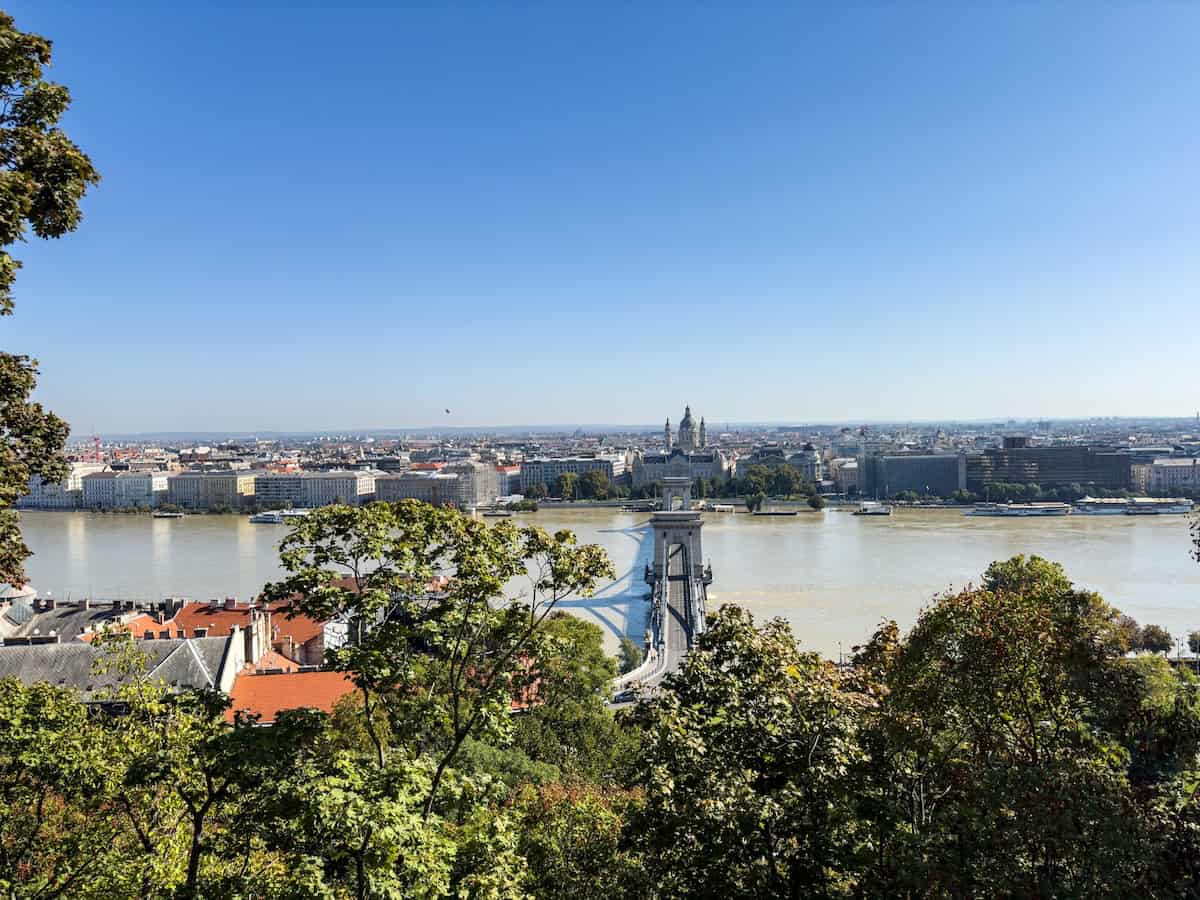
The style and features of the the building of Sándor Palace
The palace was built between 1803 and 1806 in classicist style, (commissioned by the Count Vincent Sándor) based on the plans of Mihály Pollack and Johann Aman architects. It is an excellent example neoclassical architecture with elegant facades, grand staircases, and opulent interiors. It is a delicate, puritan, white buiding without any major plastic accents, only classical ornamentation. It is in stark contrast to the flamboyant splandor of the Royal Palace, and also restrained compared to the style of the neighbouring building, the Carmelite.
At the entrance, a pair of light green doors welcome visitors, adding a touch of color to the otherwise restrained facade.
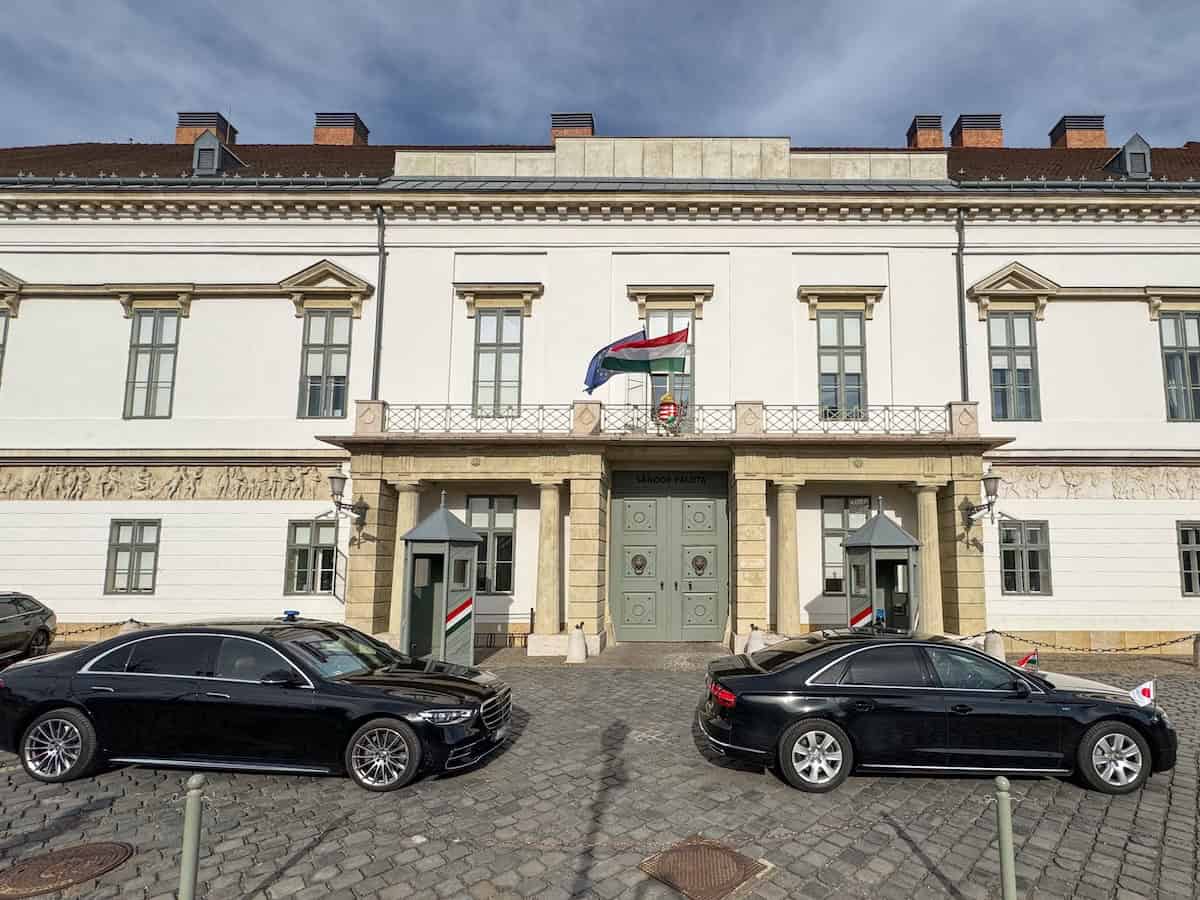
How did the original Sándor Palace look like?
A cartographer Franz Schams was so taken by the building that he gave a detailed description of it in his guidebook. The conservatory was full of plants, the rooms were richly decorated with silk and gold. In the palace steam heating and piped water provided the total comfort of the residents.
Unfortunately the original plans were destroyed in the Second World War, but because the detailed description of the palace has survived, it could serve as the basis of the reconstructions of the palace at the beginning of the 21th century.
See details on the website of Sándor Palace.
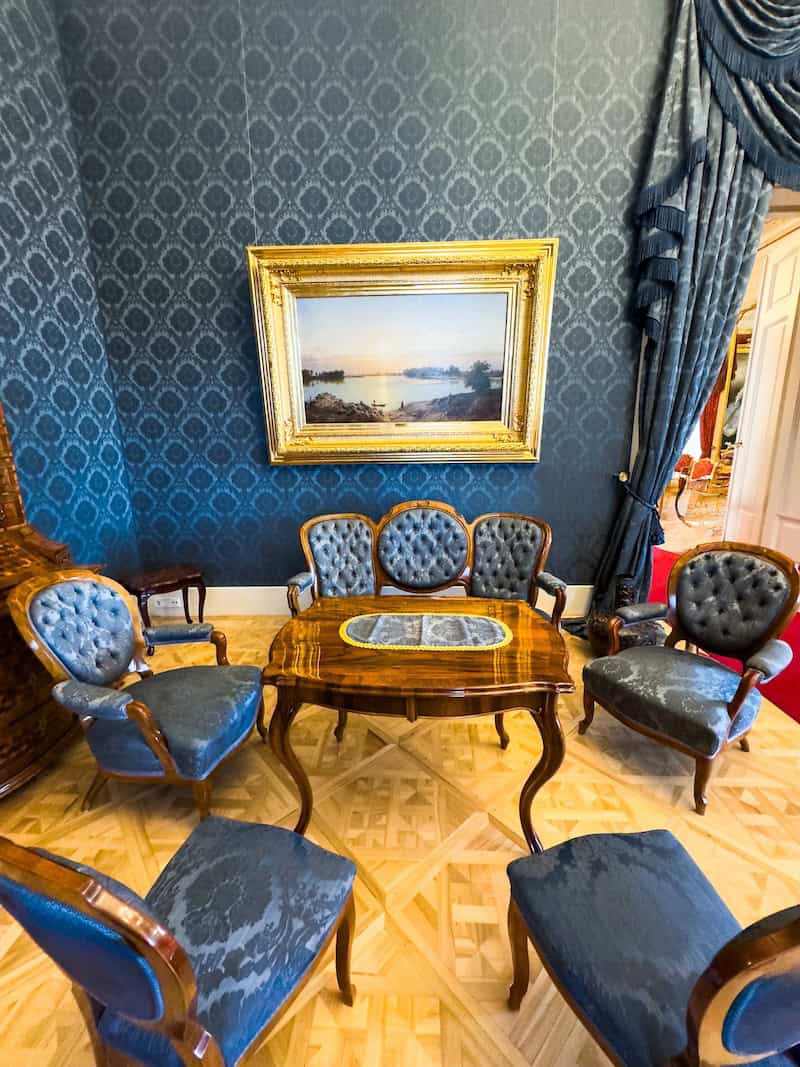
About the Sándor family and their residence
Originally the palace was the home of the Sándor family, that is the explanation for its name. Count Vince Sándor, who was an influential figure in Budapest, once owned the land where this magnificent white palace now stands. The palace quickly became a significant social and political venue, hosting grand receptions and gatherings of the Hungarian aristocracy. In the 19th century Alexander Palace served as a vital center for political and cultural life in Hungary. It was known for its lavish events and its association with influential figures.
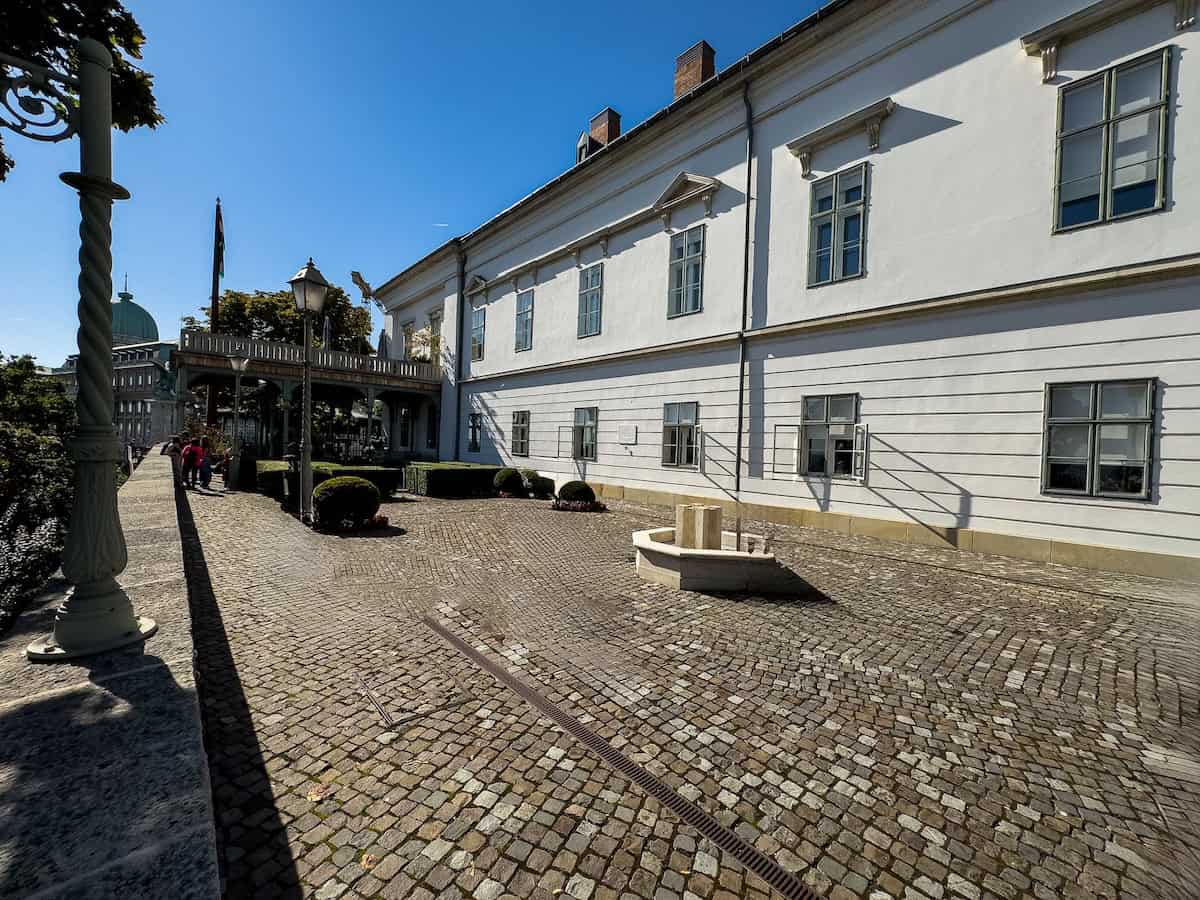
The Devil Rider
Who was Móric Sándor?
Count Móric Sándor, the so called ‘Devil Rider’ was born in Sándor Palace in 1805 as the son of Count Vince Sándor, and as the last male member of the Sándor family. He was a key figure of Pest at the beginning of the 19th century, famous for his eccentric behaviour and extraordinary horsemanship. Móric Sándor was frail and weak from birth, so his father protected him from even the slightest risks.
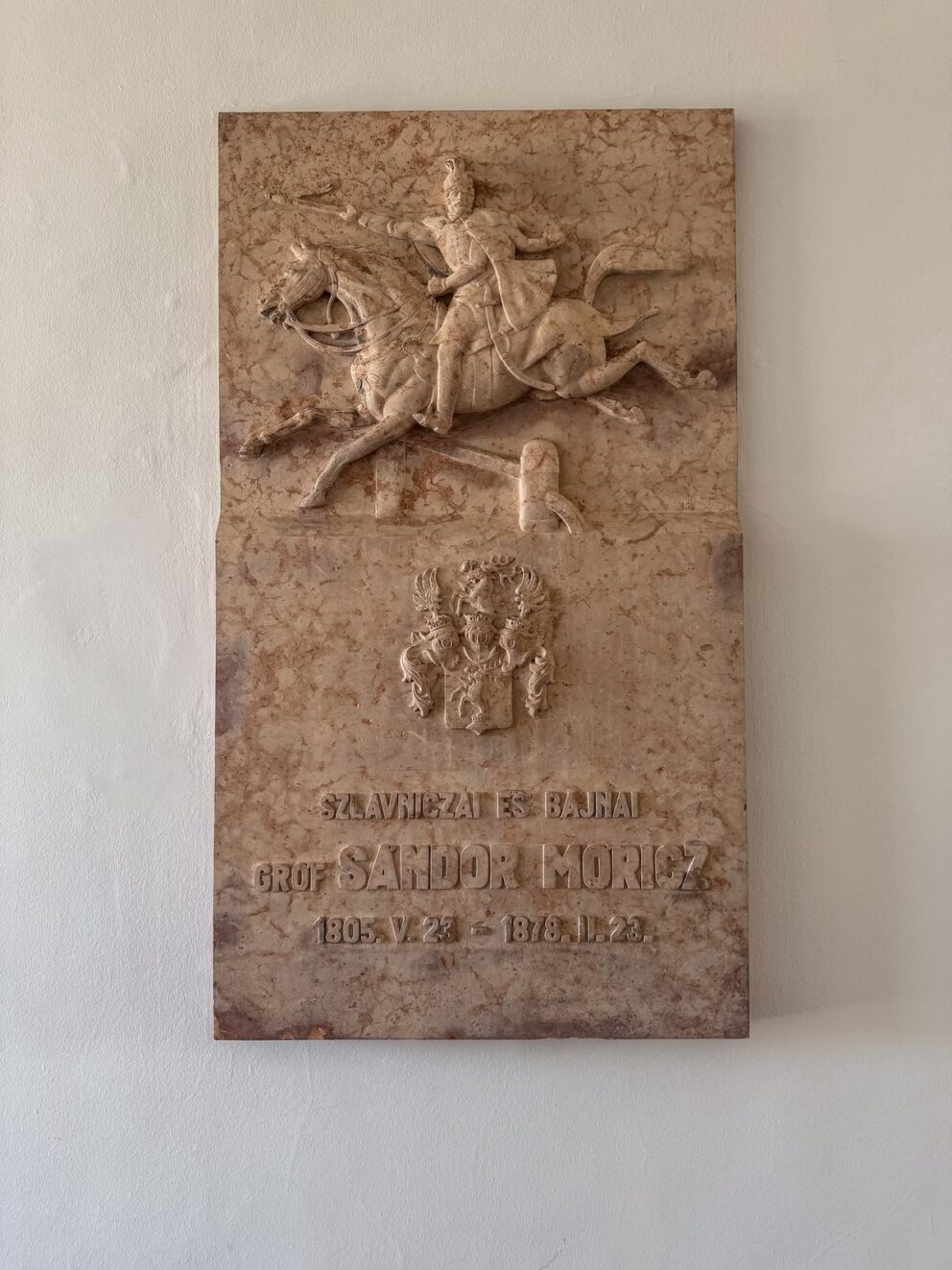
Horses in Sándor Palace!
Móric only rode a horse for the first time at the age of 17, after his father’s death. He rode as though born in the saddle, performing daring stunts on horseback. The Devil Rider cared for nothing but riding, even riding his horse up the castle stairs. He liked looking around on the balcony of his palace on horseback while smoking a pipe. He was so inseparable from his horse that he even rode into hotel rooms on horseback. He scandalized Pest-Buda and Vienna with his acrobatic horsemanship, he performed a lot of equestrian feats in the streets, for example he often deliberately rode into stone walls. His dangerous stunts frequently resulted in broken bones, dislocated knees or concussions.
Love story: When he jumped over the cart of Princess Leontine Metternich, the lady immediately fell in love with the Devil Rider.
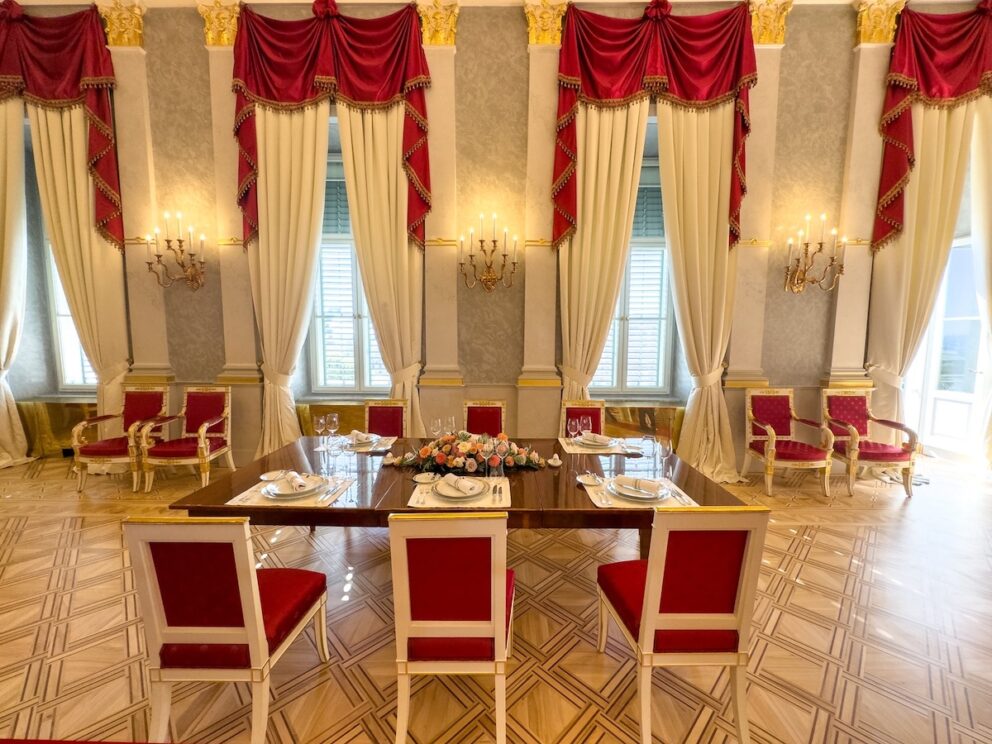
Following István Széchenyi’s example he offered half a year’s income from his estates for the construction of the Chain Bridge. A hereditary mental illness later manifested in him, and by his old age, his mind completely deteriorated. His colourful individuality made such a a great impression on the public consciousness that his former residence, Sándor Palace still preserves his memory.
Interesting info: A Hungarian film, the Devil Rider was made about his life in 1944.
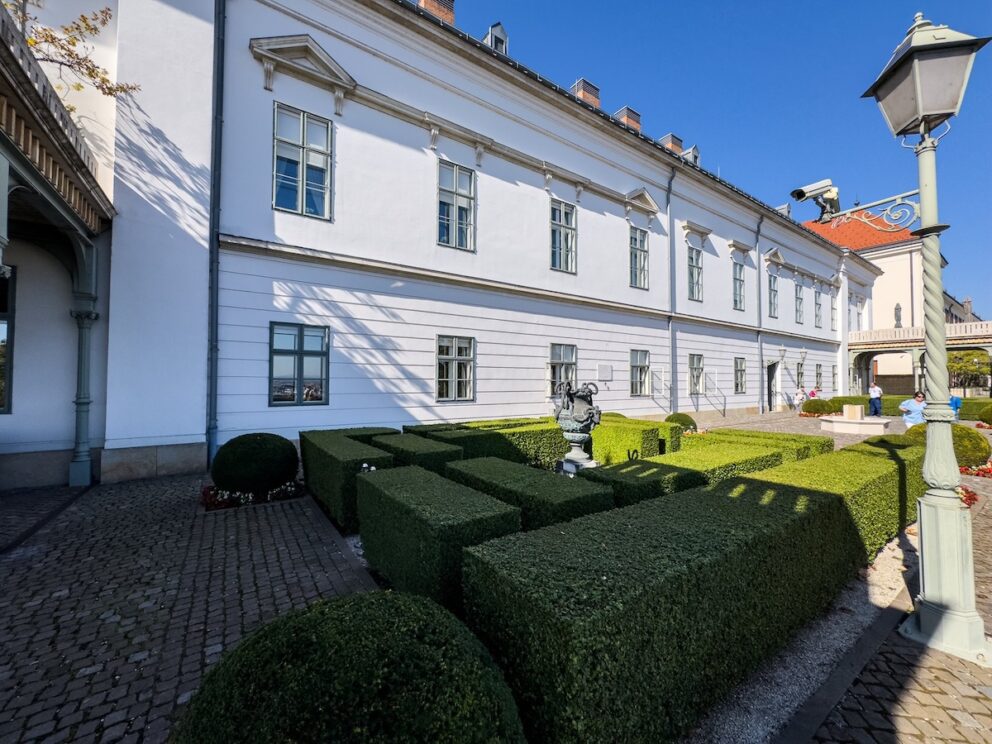
Andrássy and the palace
In 1831 Móric Sándor sold the palace to the Pallavicini family. After the end of the 1848-1849 revolution and war of independence it was the residence of Archduke Albrecht, the governor of Hungary between 1851 and 1856.
In 1867 based on Prime Minister Gyula Andrássy’s idea the Hungarian state first rented the palace, making it a central location for political decisions and state functions. The first person who lived there was actually Andrássy himself. With the help of architect Miklós Ybl the house being in the dire need of renovation was renewed. The offices on the ground floor ad the prime minister’s apartment on the upper floor were furnished.
Secret: At that time a secret corridor is said to lead from the palacet to the Castle Theatre (now Carmelite), from where Sisi often returned with Andrássy for a farewell tea.
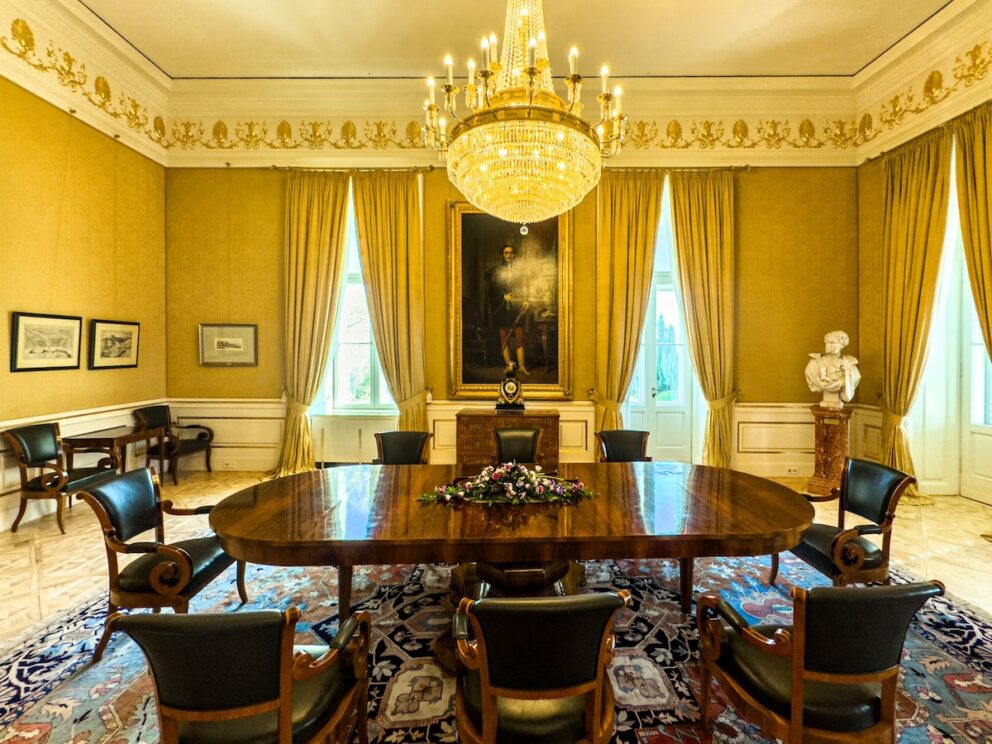
Sándor Palace as a Government Residence
Later in 1881 Sándor Palace was bought by the state to serve as a govenment residence. After Sisi had been stabbed in the heart by an assassin in the port of Geneva in 1889, Hungarians intended to pay tribute to her memory with a monument that they envisioned on the site of Sándor Palace. Fortunately the demolition did not take place, but then a photographer, György Klösz had the opportunity to take photos of the interior of the palace.
Between 1867 and 1945 Sándor Palace was the residence of the Hungarian Prime Ministers (altogether 16 of them), who shaped the future of Hungary, and it was the scene of government meetings several times, reinforcing its role in the country’s political power structure. During its years of neglect after World War II, only a roof was erected above the ruins to prevent further damage.
Terrible: Prime Minister Pál Teleki committed suicide in the palace in 1941.
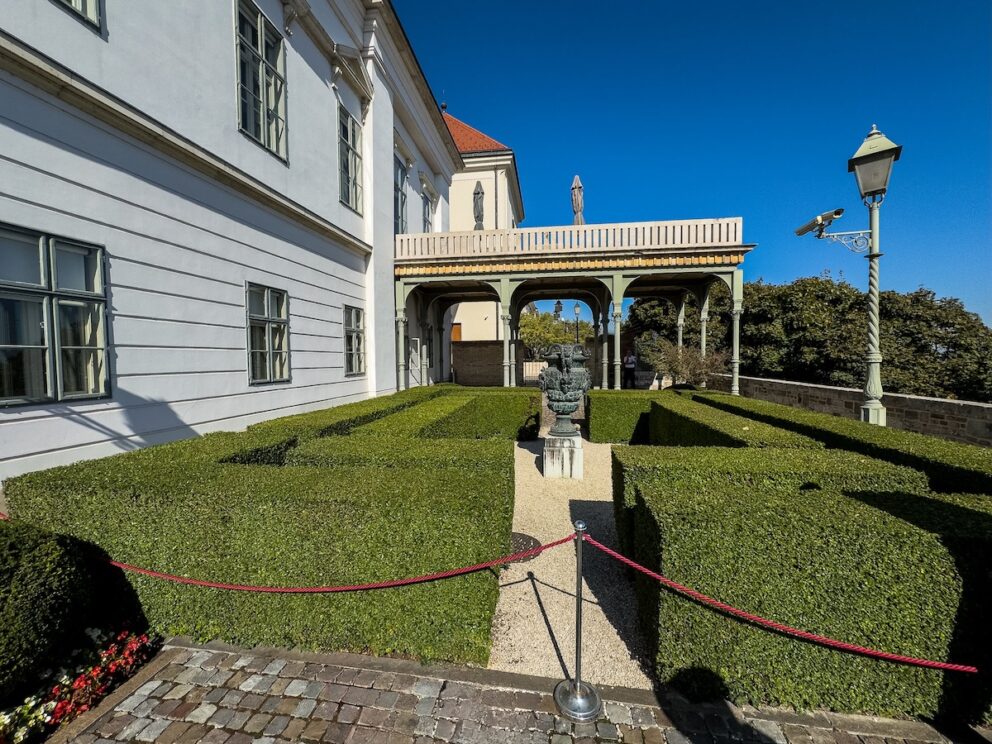
Damages during the war and neglection of Sándor Palace for decades
During the Second World War the palace suffered significant damages due to bombings and military actions. It was almost completely destroyed by the end of the war. The entire southern part of the palace collapsed, the structure was left in ruins, a lot of treasures were destroyed or looted.
For years, Sándor Palace was nothing more than a heap of stones, with only fragments of its former grandeur remaining.
Sándor Palace remained neglected for several decades.. Only a roof was built above the ruins and the crumbling walls were propped up. The post-war communist government of Hungary did not prioritize its restoration, leaving the building in a dilapidated state.
Interesting fact: The palace was supposed to be restored as an exhibition hall, but later it was only used as the warehouse of the museum.
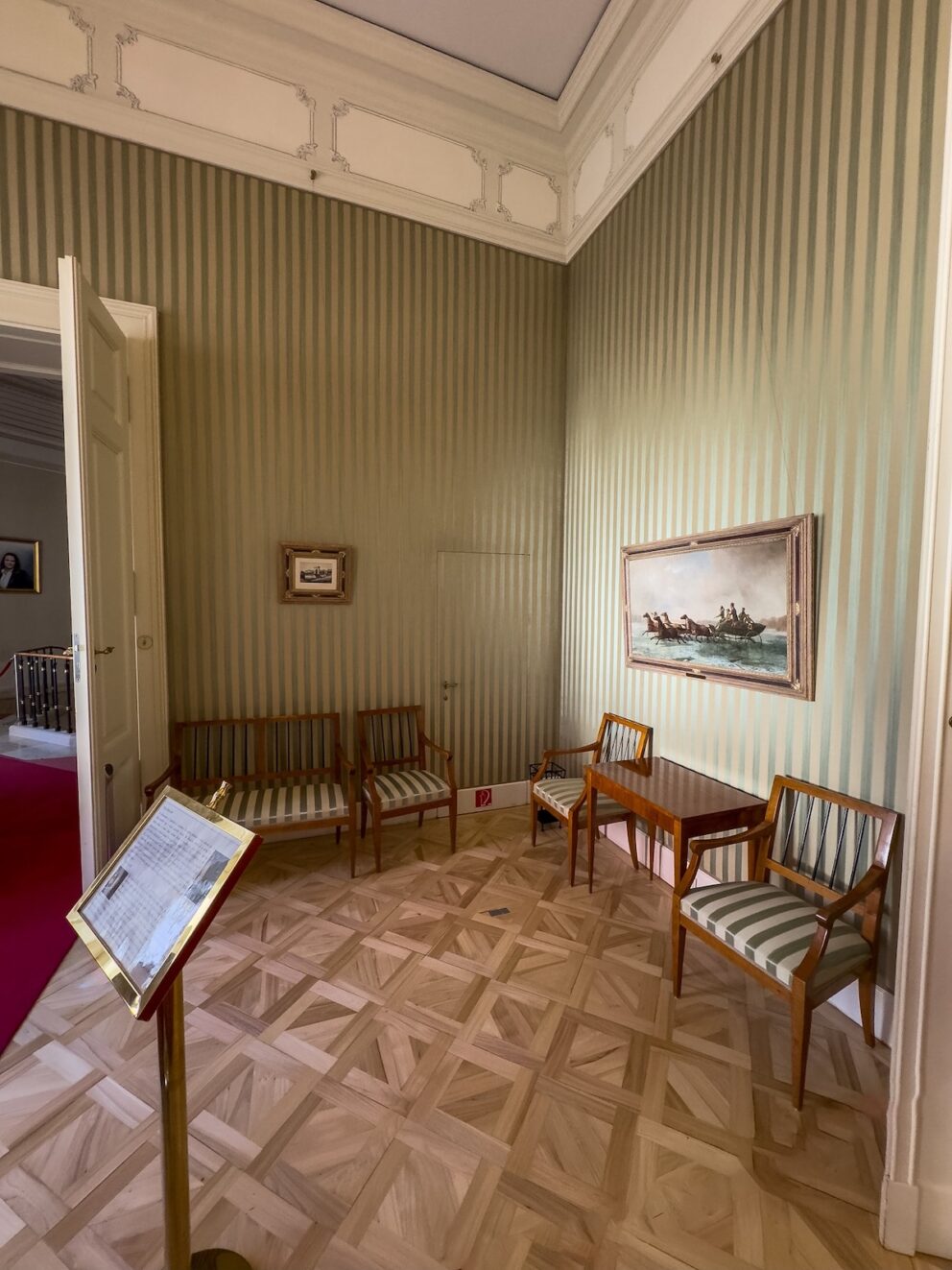
Reconstruction of Sándor Palace (Hungarian Presidential Palace) in the 2000s
Its reconstruction began a lot later, in 1989, and its external and internal restoration was only completed by 2002. In the early 2000s, the Hungarian government initiated a comprehensive reconstruction project to return the palace to its former glory. The resoration was carried out on the basis of the detailed desriptions, illustrations of contemporary maps and photographs. The entire restoration process tookless than four years.
The restoration aimed to preserve the historical significance of the palace while modernizing its facilities for contemporary use. The restoration efforts ensured that both the exterior and interior reflect the building’s original design and historical character. The interiors now show the original state in 1806, and the furniture reflects the state between the two world wars.
It was meant to be the residence of the Prime Minister again, but in 2002 the new head of the government did not wish to move in with his office. Then Sándor Palace was designated to the residence of the President of the Hungarian Republic and his Office. One year later the president, Ferenc Mádl moved in. The palace was officially reopened in 2003.
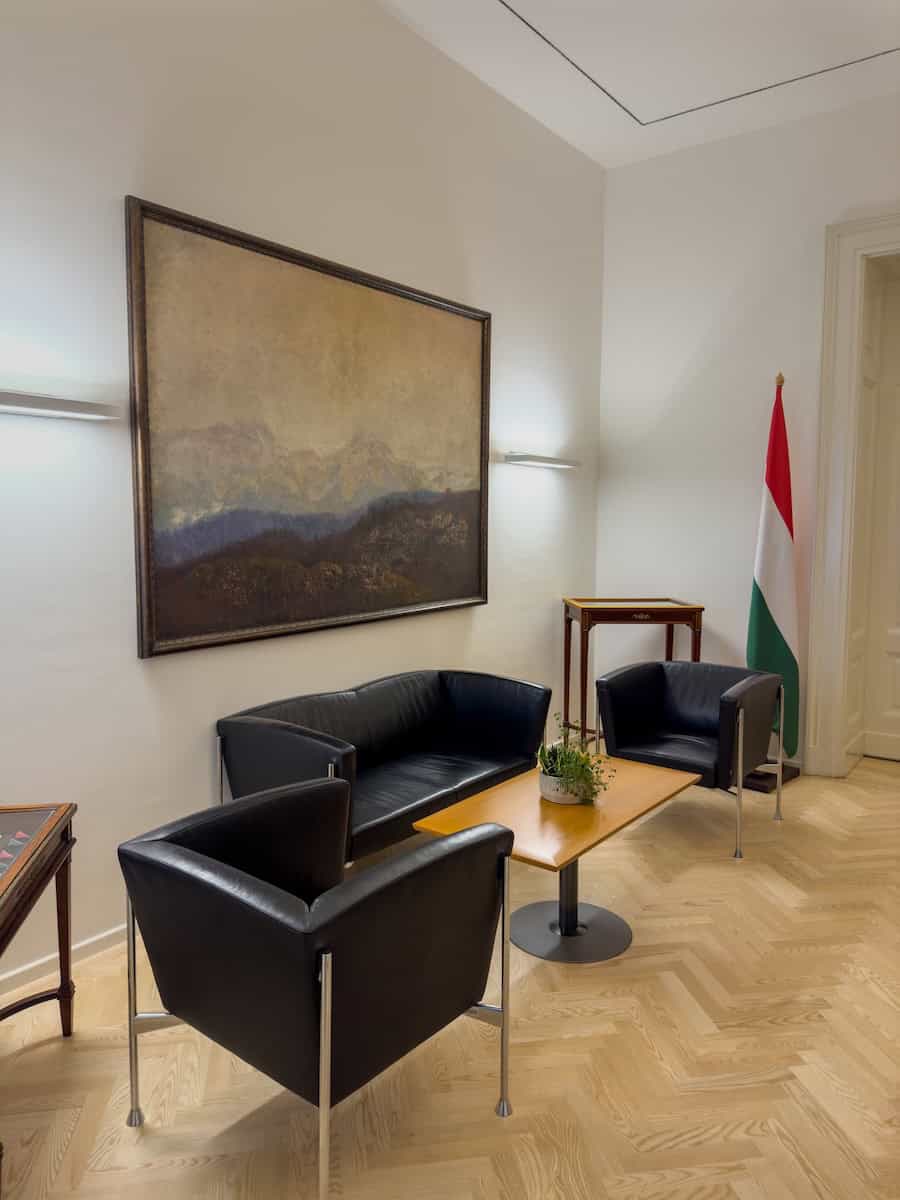
What are the functions of Sándor Palace nowadays?
Nowadays Sándor Palace serves as the prominent symbol of Hungarian statehood, rich history and cultural heritage. Its current use as a presidential residence underscore its continued importance in Hungarian political and cultural life. It is used for state functions, official ceremonies and diplomatic events as well. When foreign political dignitaries visit Hungary, the President receives them in the grand halls of Sándor Palace.
Additional info: Sándor Palace is part of the the World Heritage.
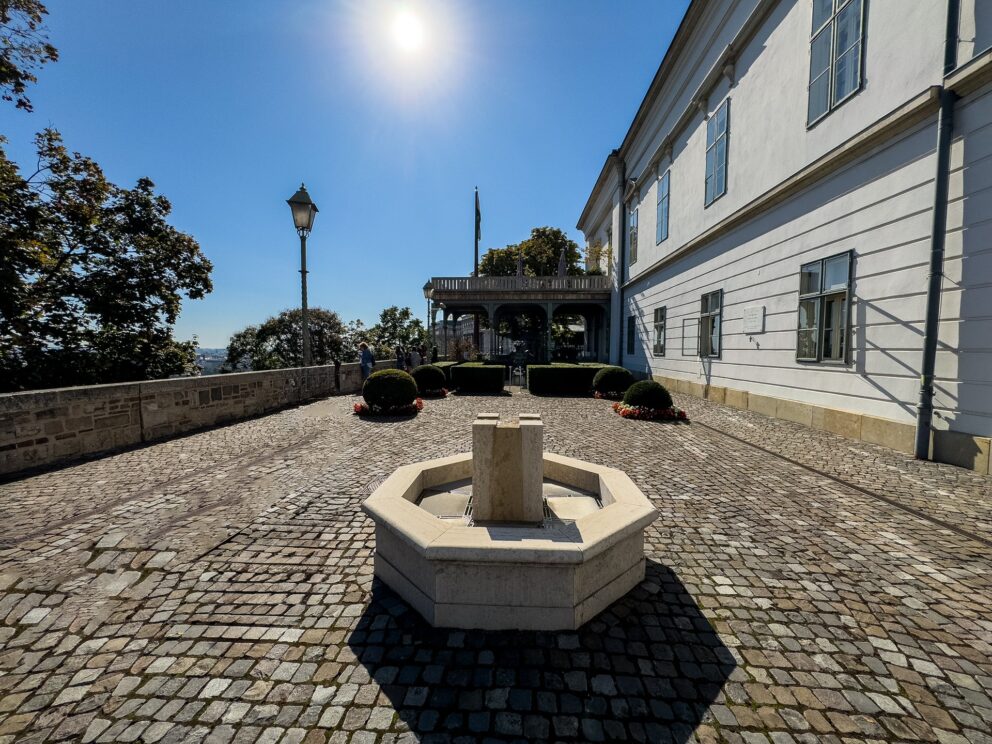
Is it possible to visit Sándor Palace?
Sandor Palota is generally not open to the public on a regular basis. Regular entry to the palace is not typically available, and there is no standard ticket pricing for everyday visits. However, it is occasionally open to the public, specifically once a year during Cultural Heritage Day, which takes place on the third weekend of September.
On this day, tourists can explore the palace without prior registration, following a first-come, first-served policy. For the annual Cultural Heritage Day event there is no cost for admission, and visitors can tour the palace during the event hours. However, touching anything in the palace is not permitted to ensure the preservation of its historic interiors. Entering Sándor Palace tourists can explore its beautifully restored interiors, get insights into Hungarian governance and learn about its historical importance too.
Pro tip: Additionally, some special guided tours are sometimes organized on weekends during the summer, allowing visitors to get a glimpse inside this historical landmark.
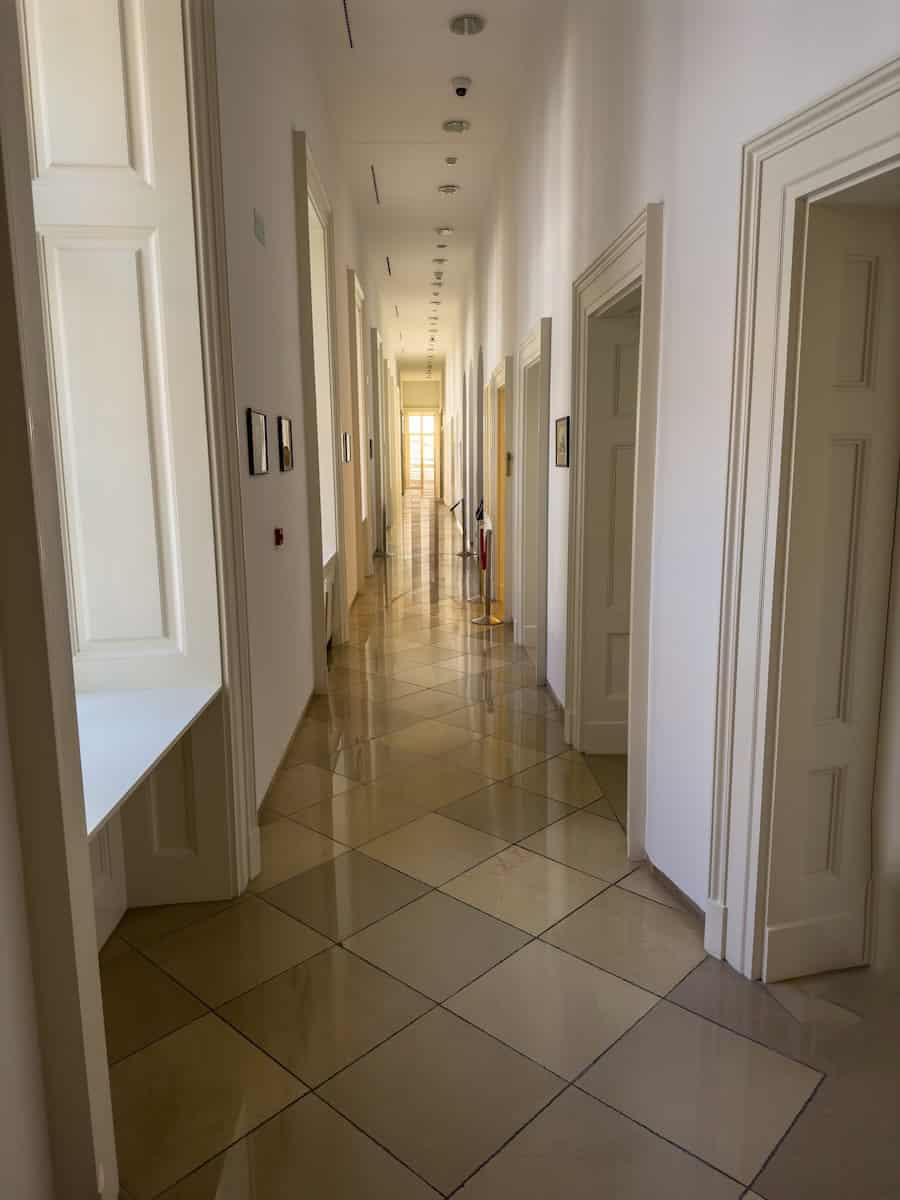
Entering the palace and the staircase
Guests can enter the building through the southern main gate through a vaulted decorative entrance and straircase. The corridor runs through the building.
The staircase is like a spectacular jewelry box. Visitors are greeted by the elegant harmony of the silky shiny surfaces and the gilded cast iron railing. The walls of the hall are covered with simple striped silk damask tapestry, the Biedermeier chairs are placed along the walls.
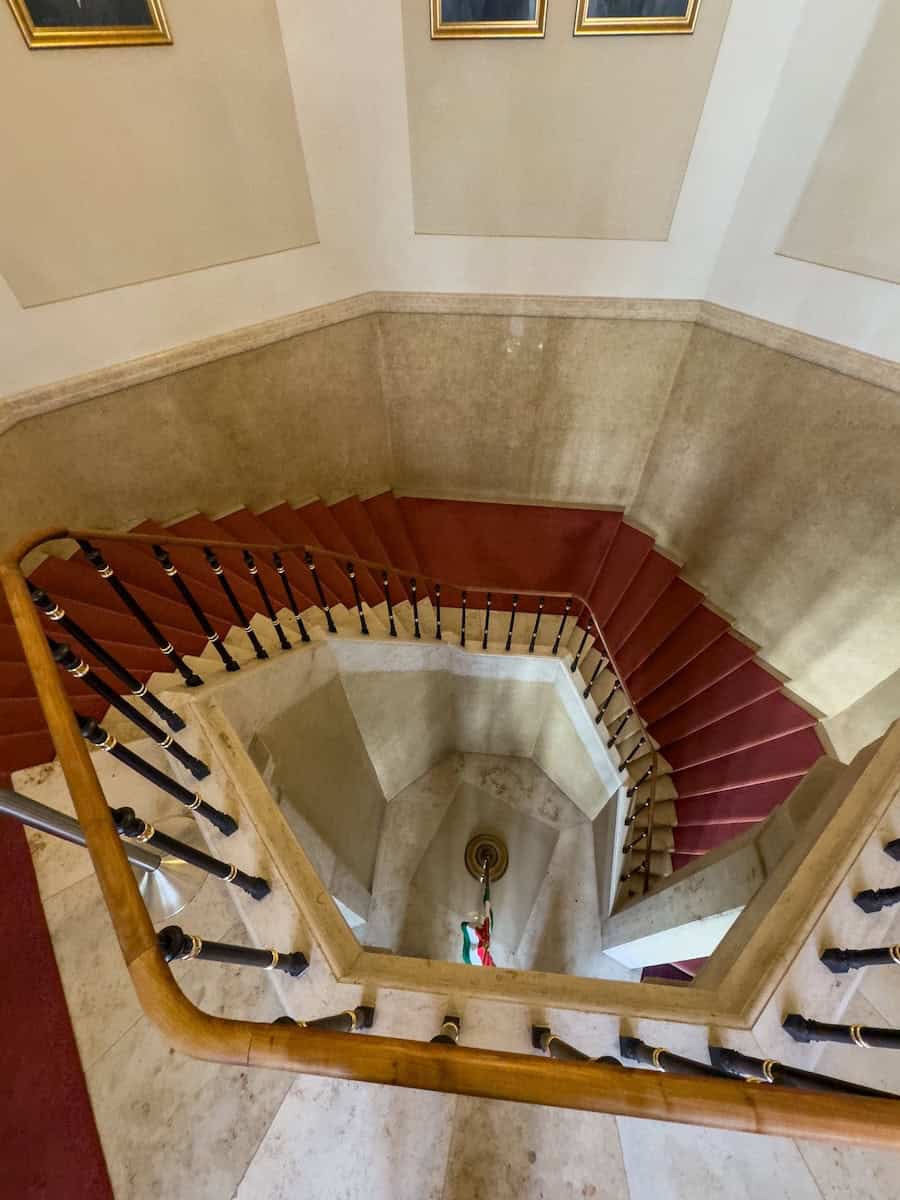
Round Salon
Today the Round Salon serves as part of the residence of the President of the Republic and it retains an elegant appearance that recalls the period between the two world wars. The room fits perfectly with the other impressive rooms of the buliding.
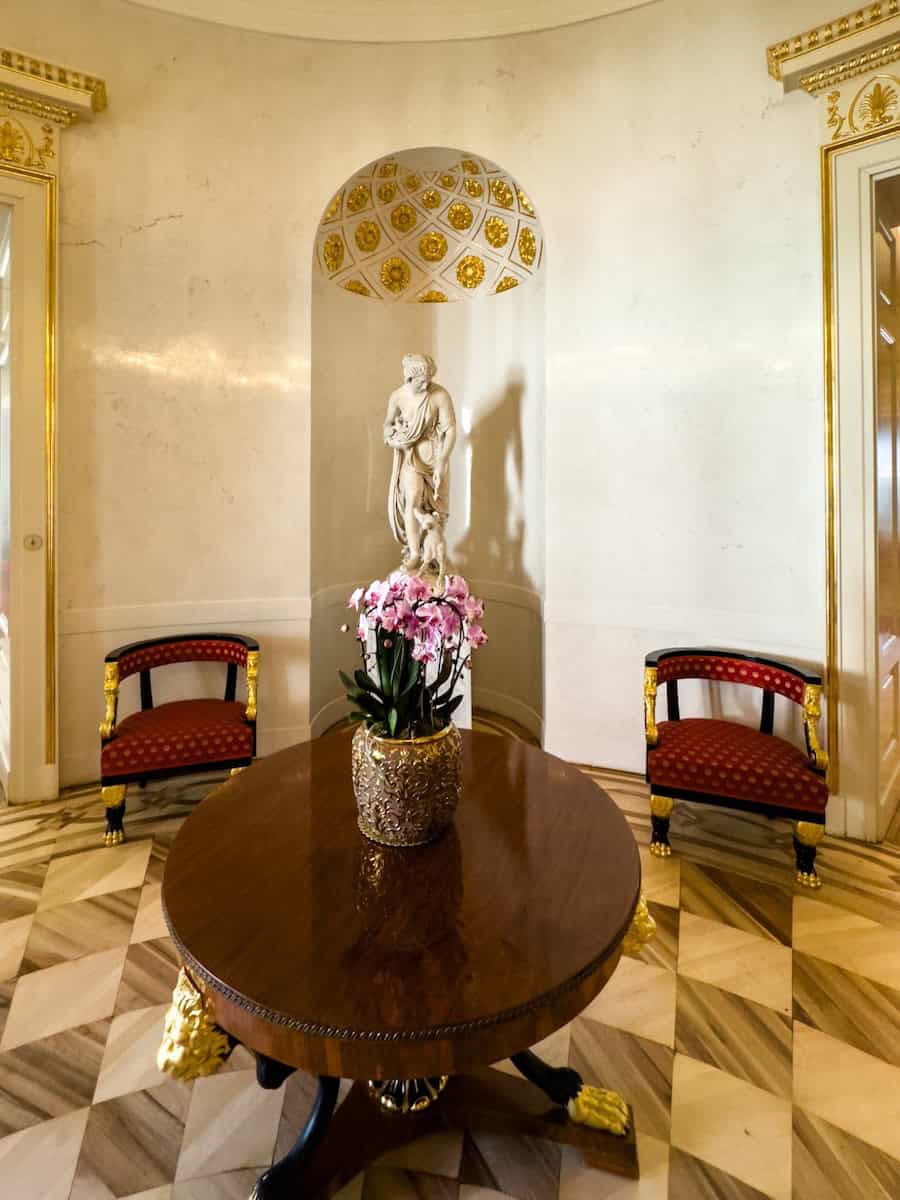
The Round Salon has classicist and empire style features. The elegant room has snow white walls and a stucco-decorated ceiling. Its main decoration is the special inlaid parquet, which is an exact copy of the floor designed by Rezső Hikisch in 1928.
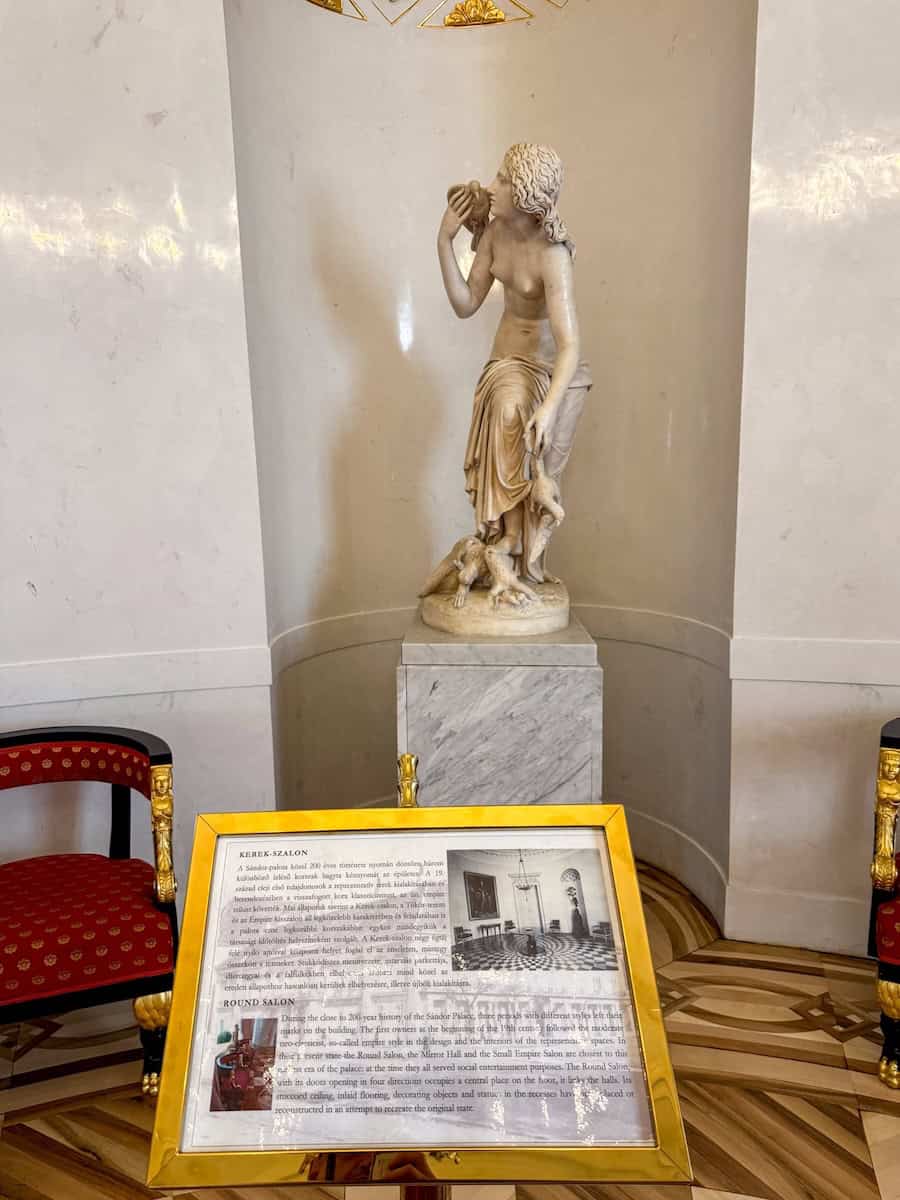
Paintings hang on the walls, the furniture is decorated with vases and candlesticks. In the Round Salon of Sándor Palace sculptures are placed in the the alcoves. Unfortunately the exact description or subject of the sculptures was not found in the sources. They were created similar to the original state during the renovation when the room regained its original splendor.
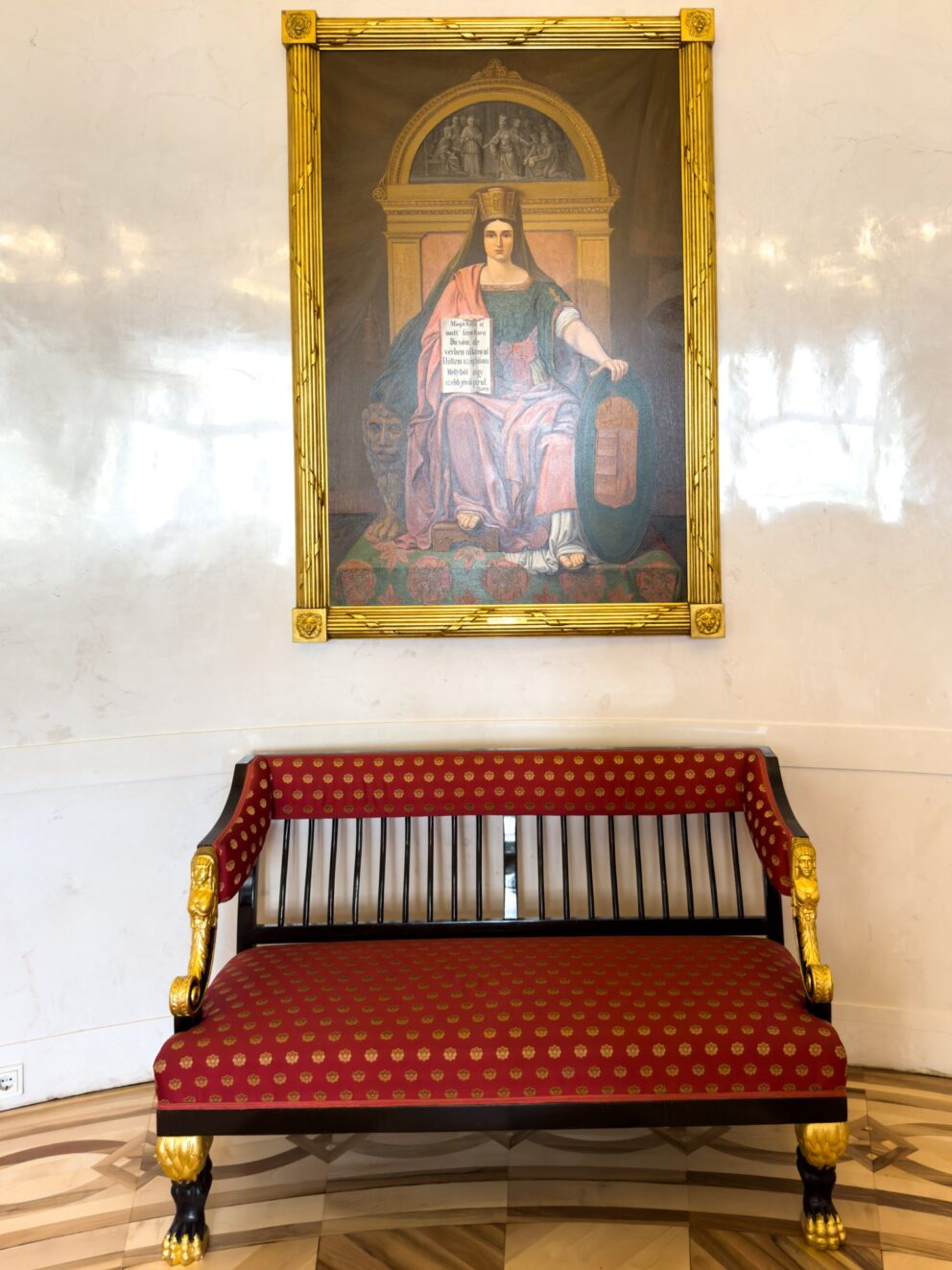
The Round Salon served and still serves today as a representative space. This hall has a special significance in the building as it connects the different rooms of the palace with its foor doors opening to the four corners.
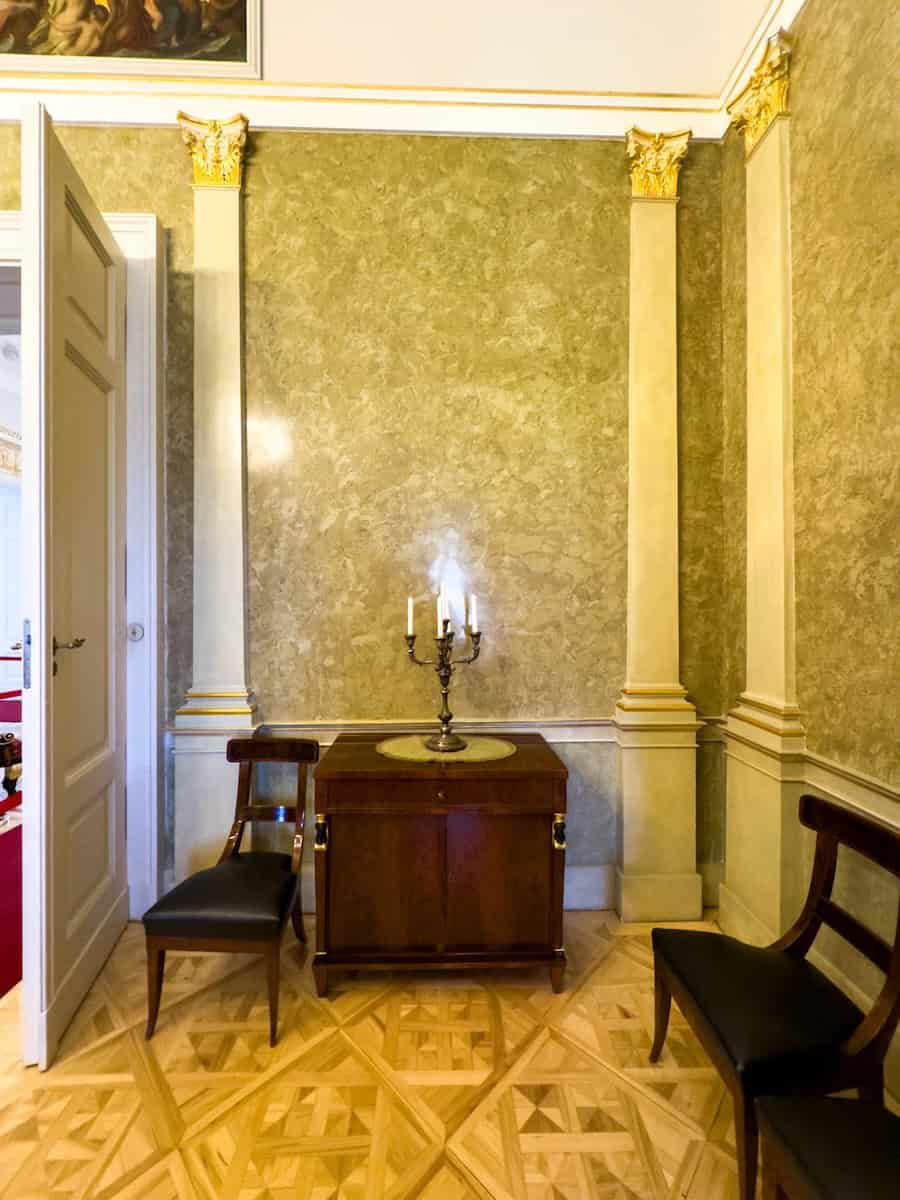
Blue or Gobelin Salon
The Blue Salon (mainly used for larger meetings)is also known as Gobelin or Boucher reception hall, is an elegant room in the palace, which is only open to the public for special events. It has always been considered the most magnificent room in the row of halls. Its relaxed, soothing athmosphere is an excellent background for less formal gatherings. Today it serves protocol purposes, The President of the Republic receives ambassadors here.
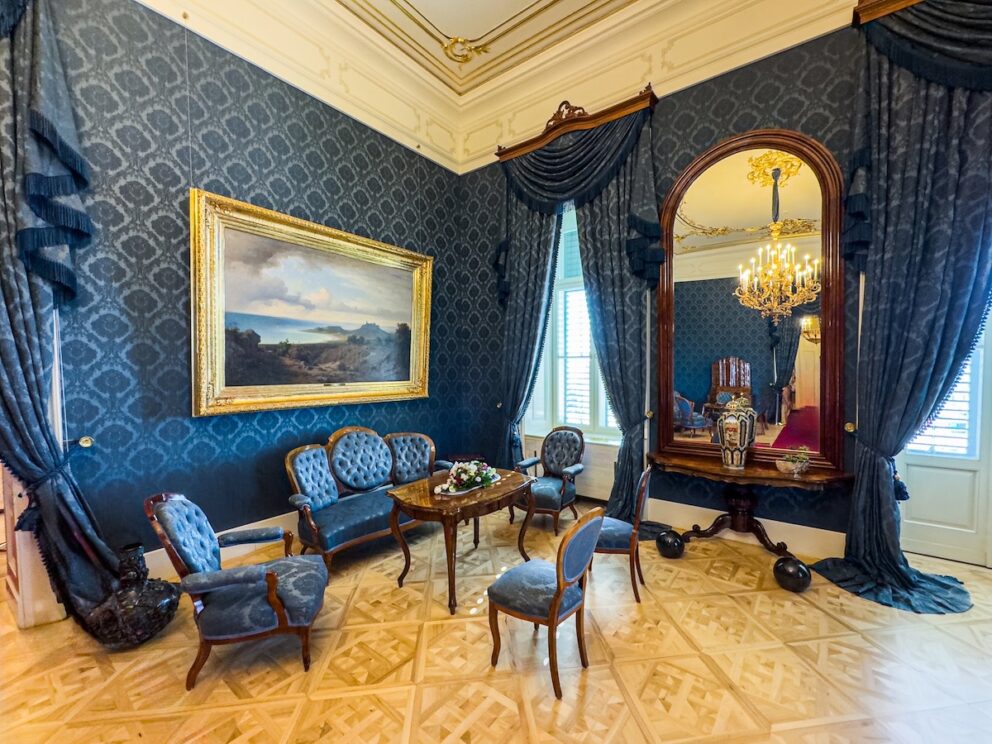
The design of the Blue Salon is attributed to Miklós Ybl, who was the architect of the room in 1875 at the request of Prime Minister Kálmán Tisza. The hall got its name from the fact that before the Second World War its walls were decorated with huge tapestries depicting mythological scenes. During the war these valuable tapestries were unfortunately destroyed.
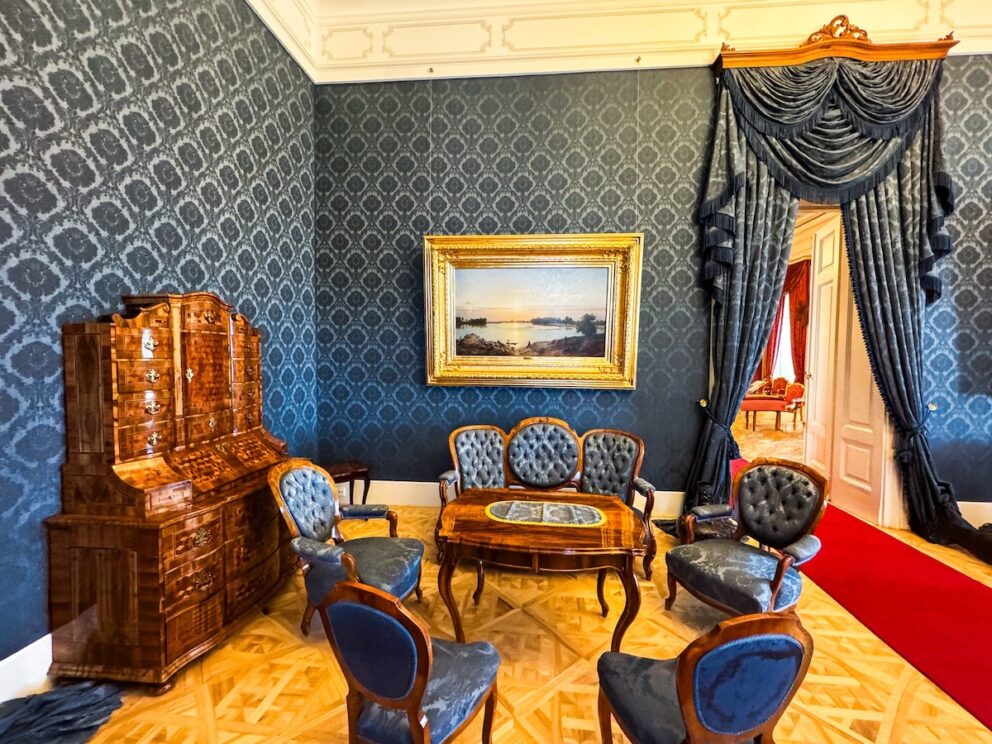
The furniture of the Blue Salon is ornate, neo-baroque, neo-rococo style. The futrniture and ornaments were bought from the dukes of Esterházy. The hall is the warmest part of Sándor Palace, so in summer the spalettes are normally kept closed.
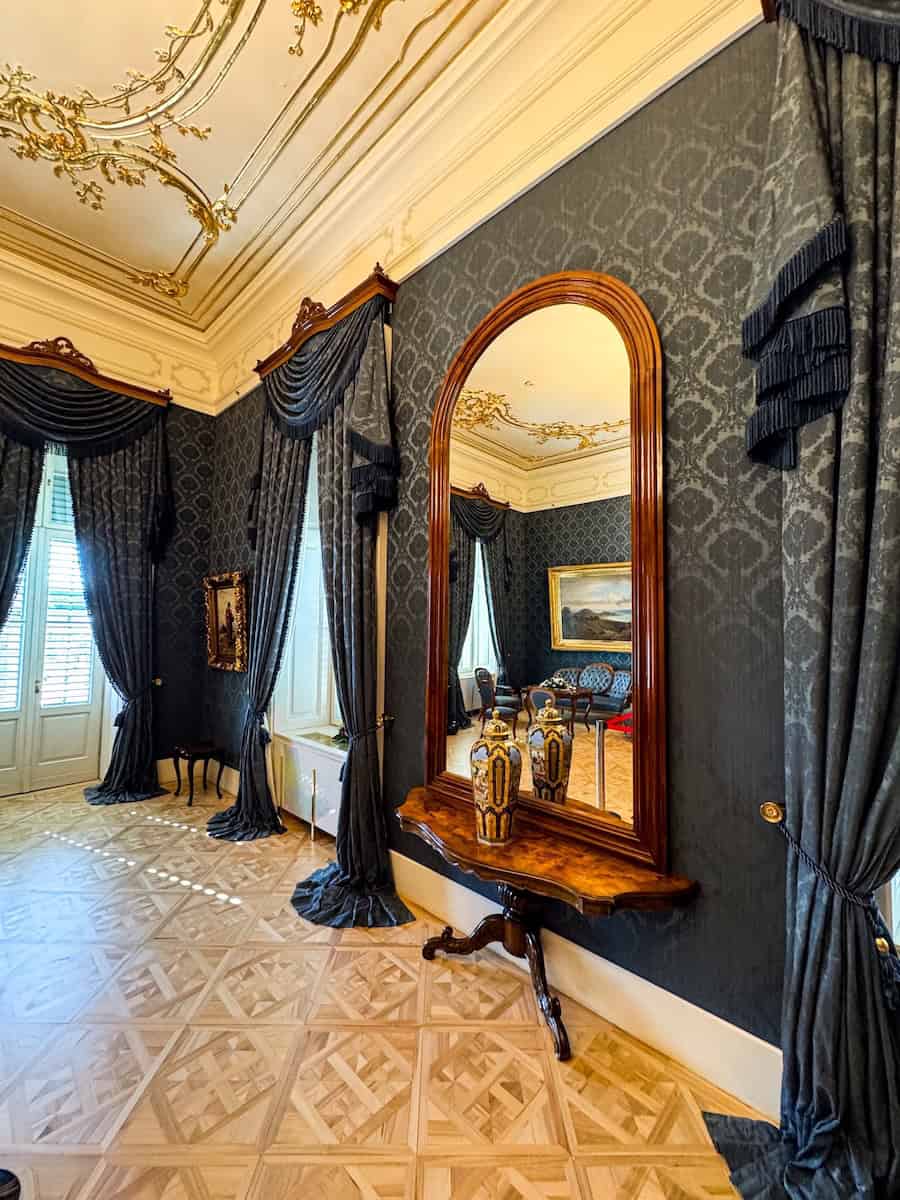
The ceiling is gilded, a beautiful chandelier hangs from there. The curtains are dark blue, the floor is wooden, mirror cover the walls. Two significant pieces of furniture are a chest of drawers and a standing clock.
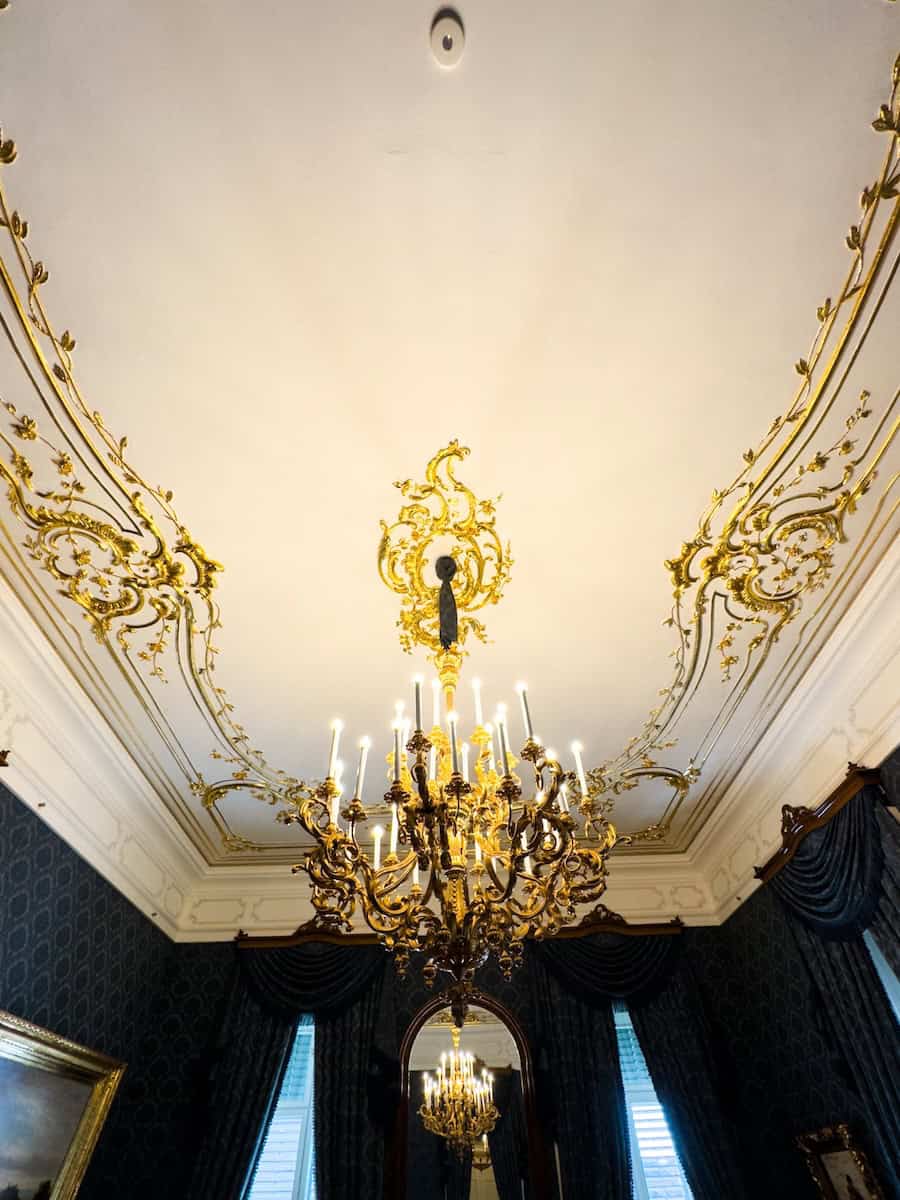
Red or Maria Theresa Salon
The most festive room of Sándor Palace is undoubtedly the Red Salon. A painting depicting Maria Theresa used to be installed here, which unfortunately has been lost. The picture shown here shows the empress in the dress she wore on the occassion of her coronation as the queen of Hungary. The walls are decorated with portraits of other Habsburg rulers.
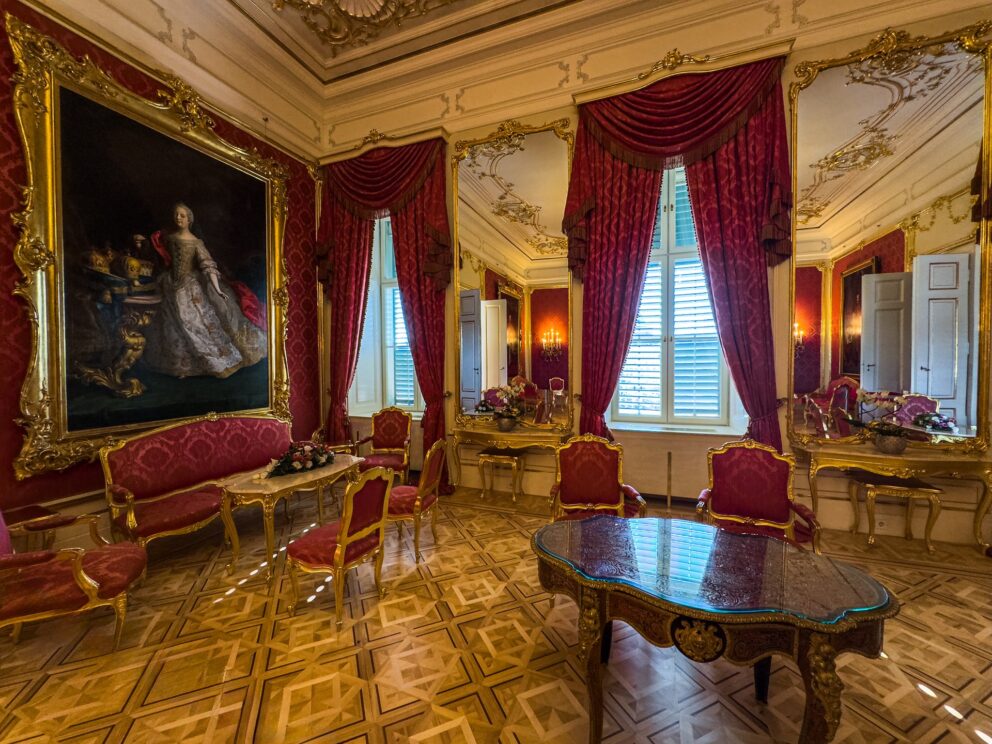
The Red Salon was also designed by Miklós Ybl in 1875 at the request of Kálmán Tisza. The hall is known for its crimson colors and is decorated with stucco. Some of the original furnishing were donated by Maria Theresa.
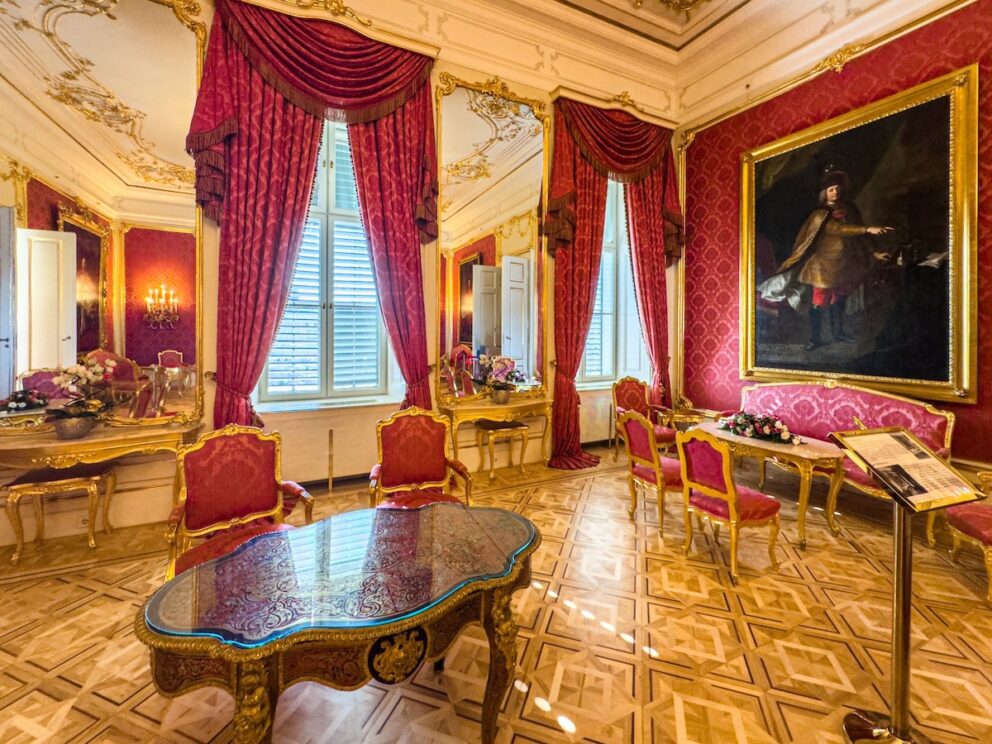
Only one photo from the turn of the century was available for the reconstruction, all the details were made based on this. Contemporary furniture completes the athmosphere of the room. An inlaid table and candle holders complement the interior.
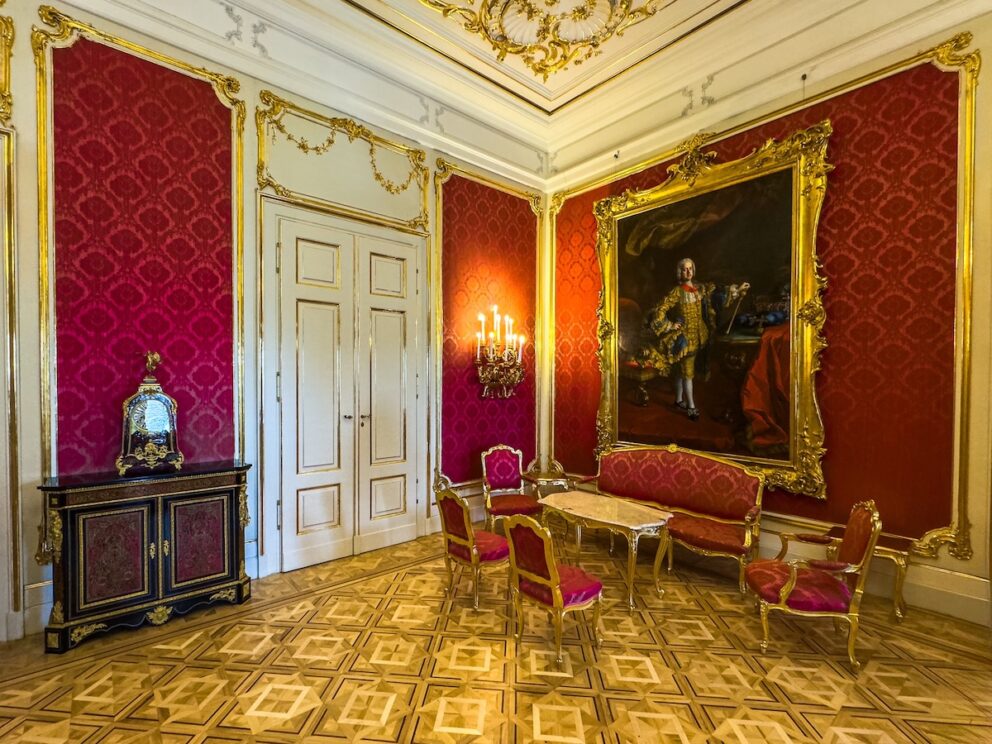
The salon currently serves as part of the residence of the President of the Republic and is one of the representative spaces of the palace. Together with the other imposing rooms of the palace, the room forms the elegant environment that serves state protocol events in a dignified manner.
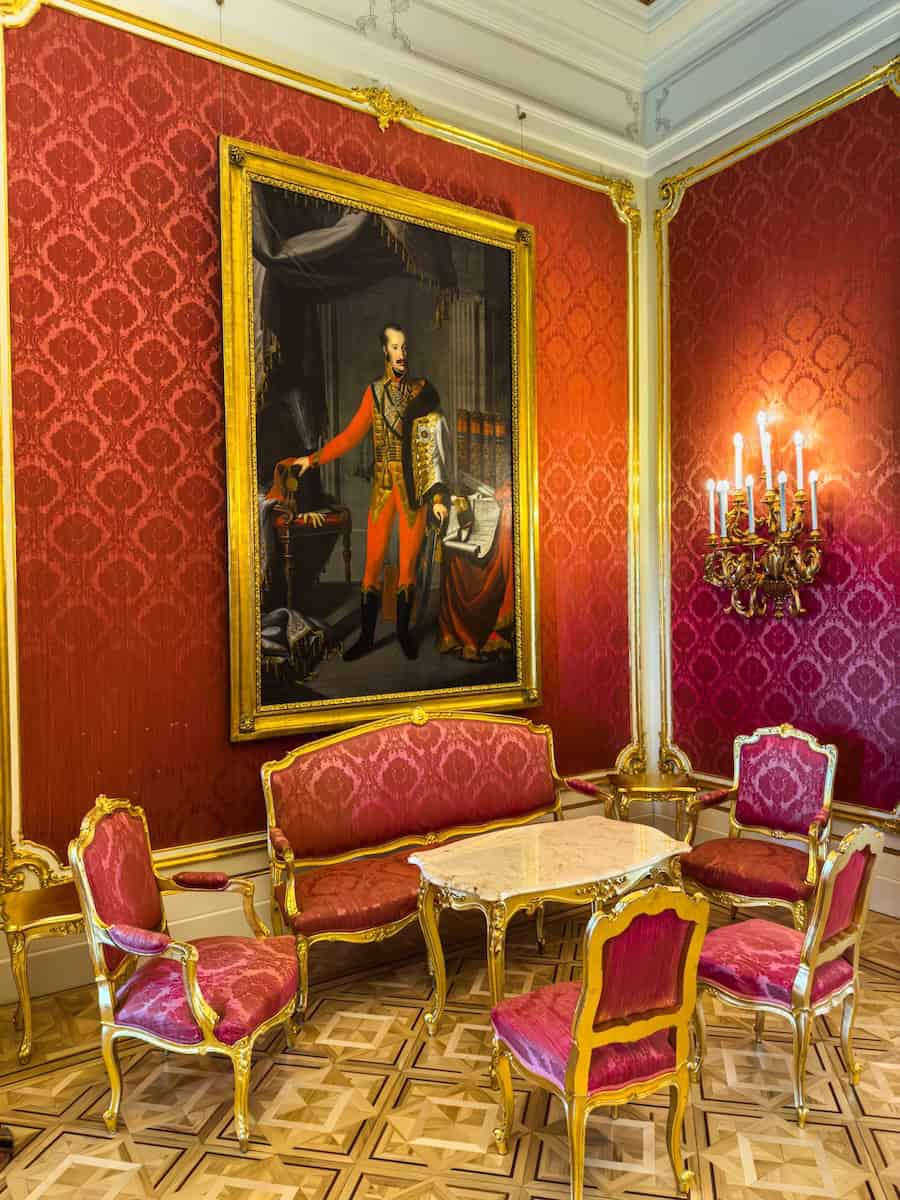
The Hall of Mirrors
The Hall of Mirrors of Sándor Palace is one of the grandest rooms in the building, which has historical past. All around blind windows can be found covered with mirrors. The room was originally covered with white marble and functioned as a ballroom during the time of Móric Sándor. Today the Hall of Mirrors hosts the most solemns events:
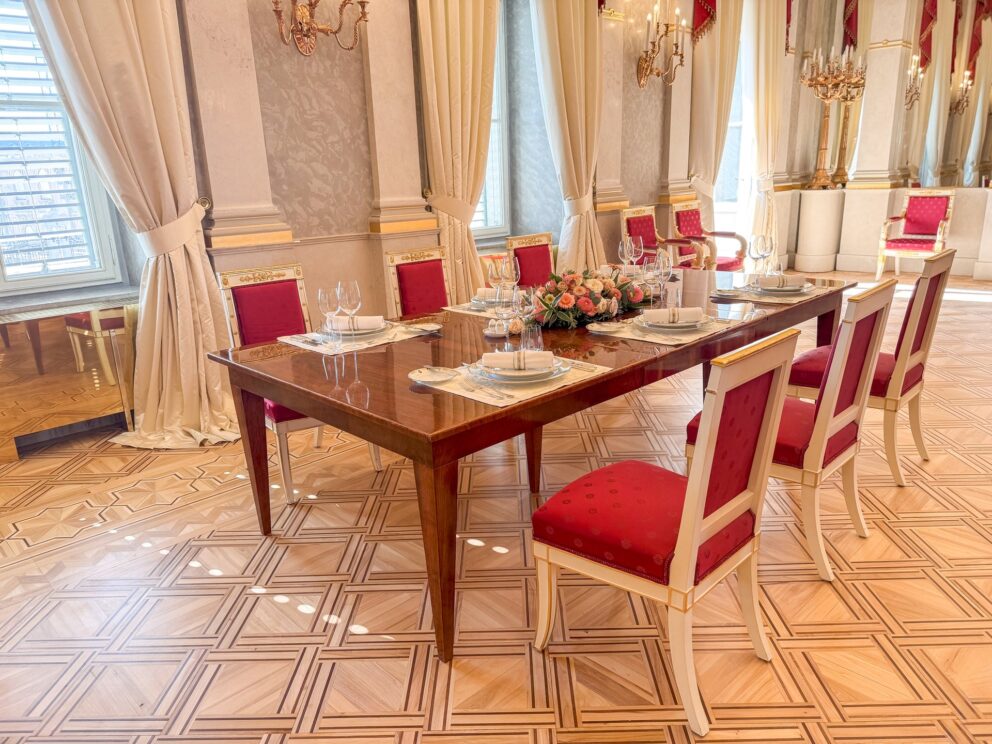
- The credentials of ambassadors coming to Hungary are handed over
- The most impressive events of the protocol are held here
- Gala dinners of diplomatic bodies also take place here
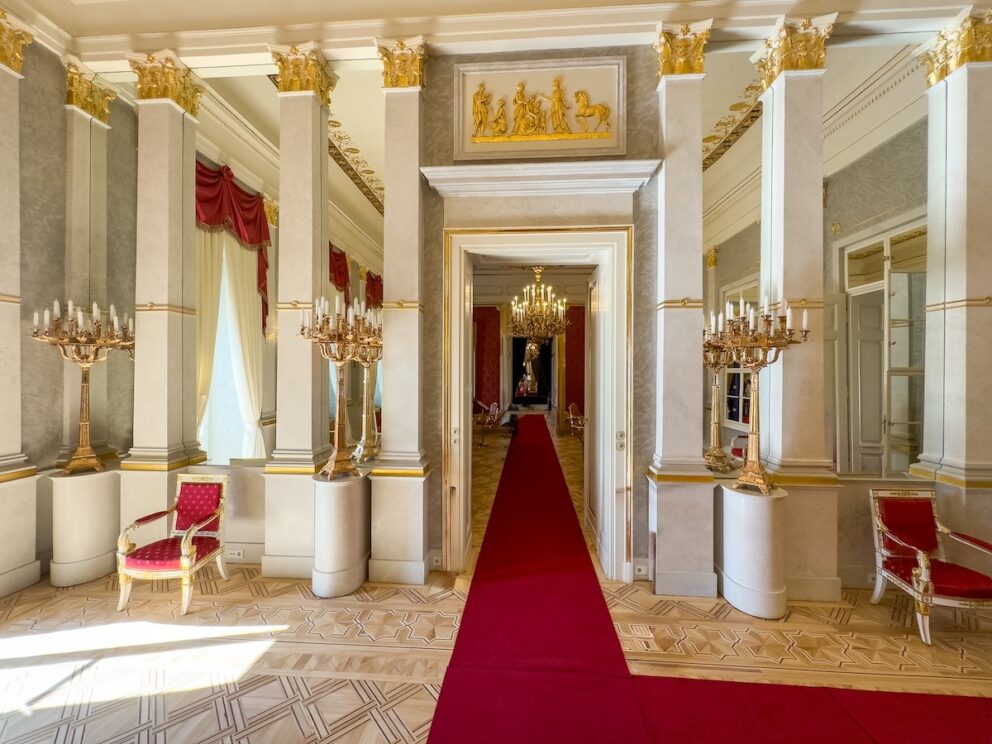
The room was designed in rococo style, which perfectly fits the representative character of the building. During the renovation its historical significance and spendor were preserved.
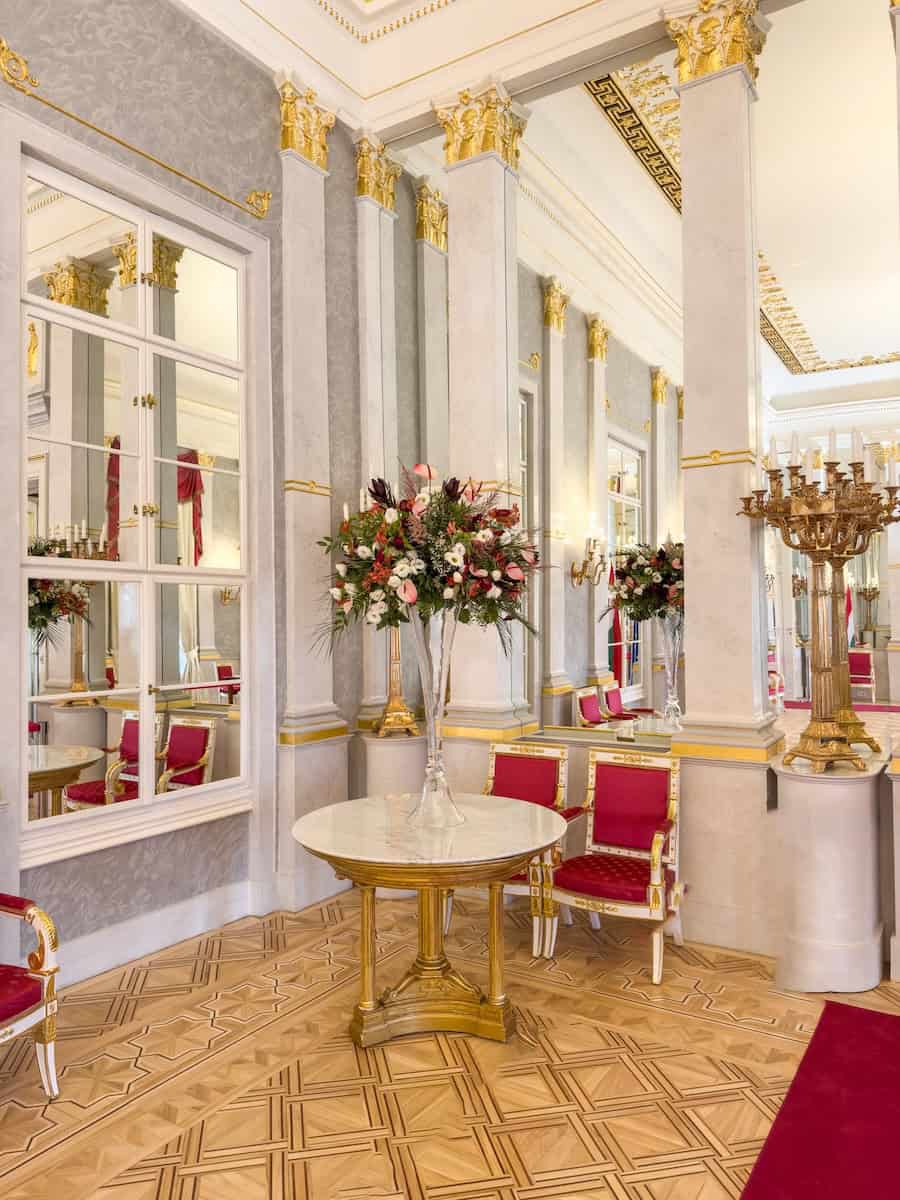
Above the door there are gilded reliefs depicting mythological scenes. The hall has five windows and a balcony facing south. An enormous dining table can be found in the middle of the room, surrounded by chairs. Huge chandeliers and standing candle holders decorate the room. The Hungarian and the European Union flag stand by one of the walls.
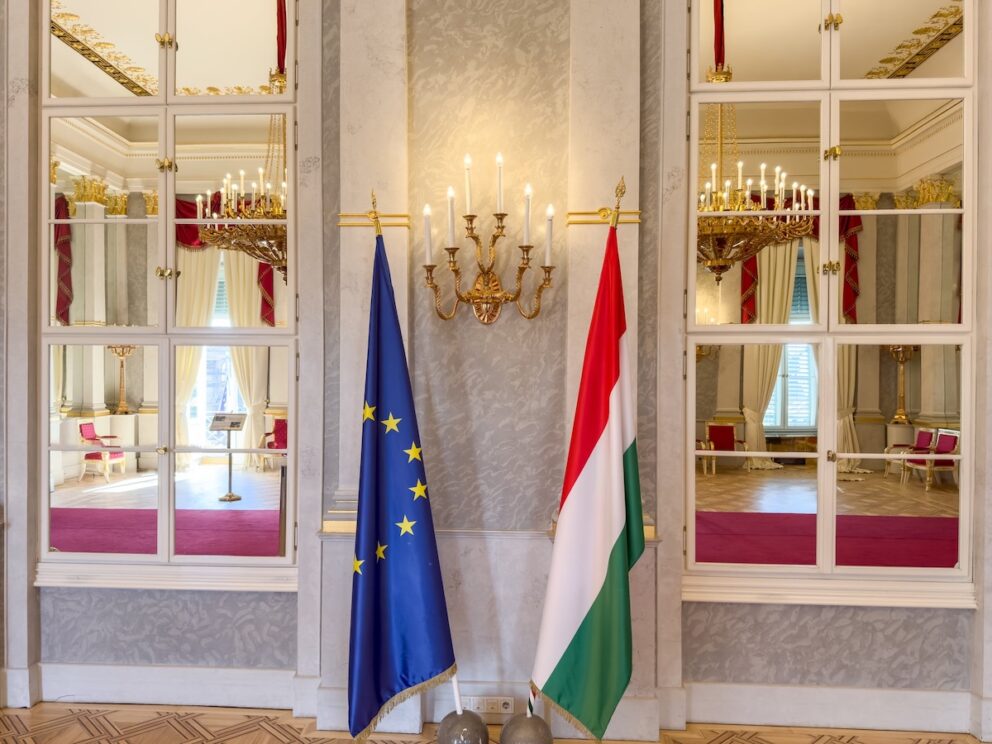
Other rooms of Sándor Palace
President Conference Room
The President has his own room and a Conference Room too. The latter was used as a council room for a long time. Its windows face the Royal Palace and the Funicular, and the imposing terrace can be approached from here. Its style is simpler, the furniture is darker. A huge chandellier hangs from the ceiling, and on the gilded wall the painting of István Széchenyi can be seen.
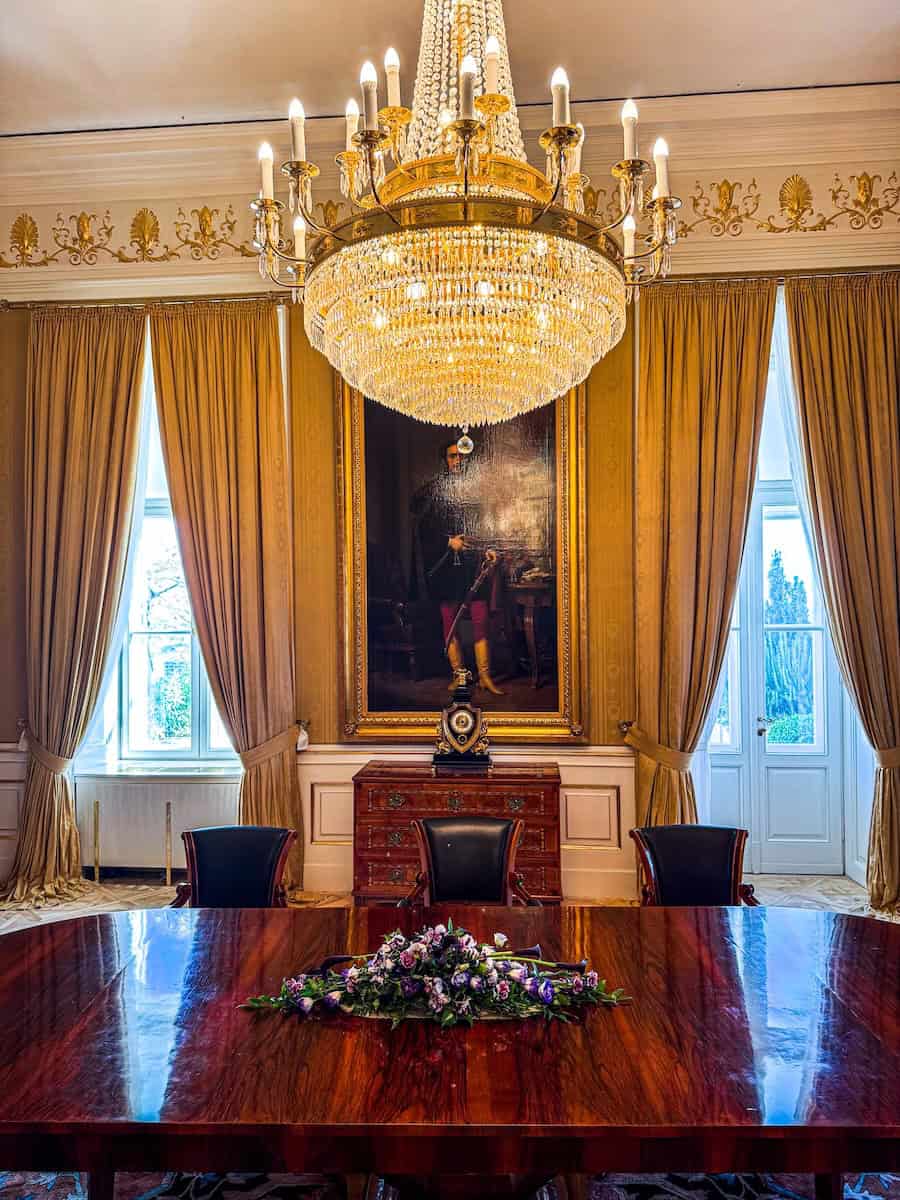
Small Empire Salon
The so-called Small Empire Salon originally connected private and pubic spaces. Today small meetings and negotiations are held here with representatives of civil organizations and smaller delegations. The wallpaper is striped here. A white iron stove stands in the corner, landscape pictures hang on the wall.
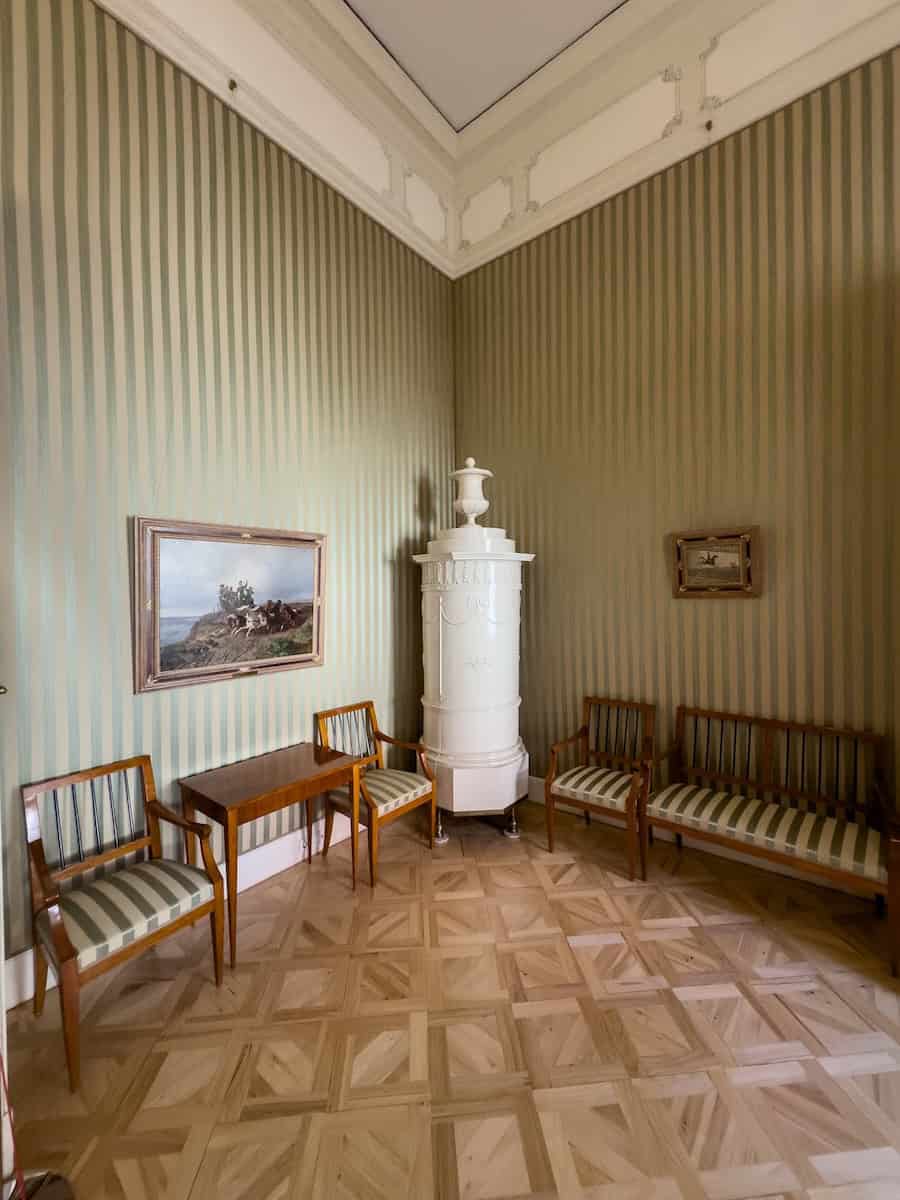
Outside Sándor Palace
The façade of the palace displays the year of its construction in Roman numerals (MDCCCVI) 1806, below which the Hungarian coat of arms is placed. Flanking the coat of arms are two flags: the red, white, and green Hungarian national flag, where red symbolizes strength, white fidelity, and green hope; and the European Union flag, blue with yellow stars representing the member states.
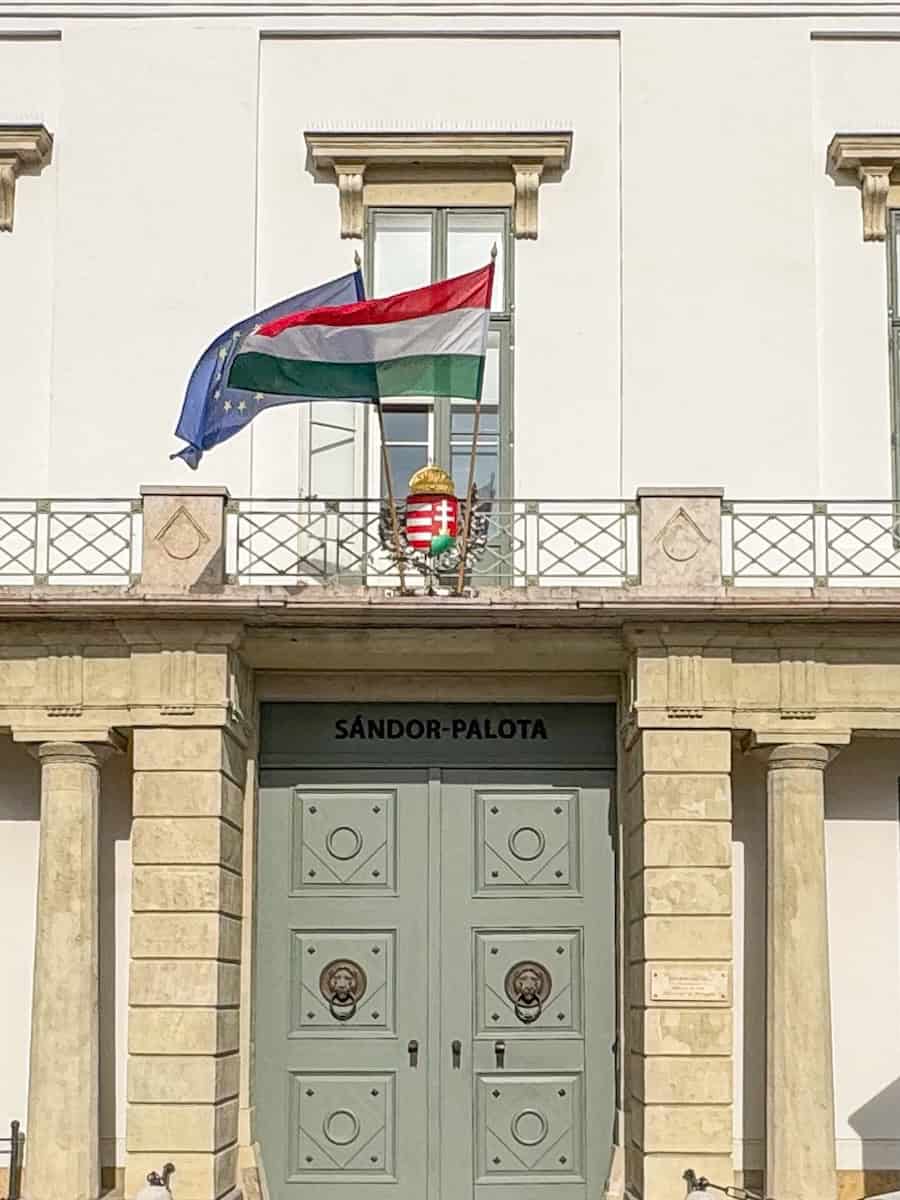
A smaller balcony can be seen by the public above the entrance, and a bigger one (a terrace) on the other side, facing the Danube. The walls are covered with reliefs. In the inner garden the visitor can walk past the well-kept hedges and bushes. There are guard booths on each side of the gates.
Why? See the next paragraph!
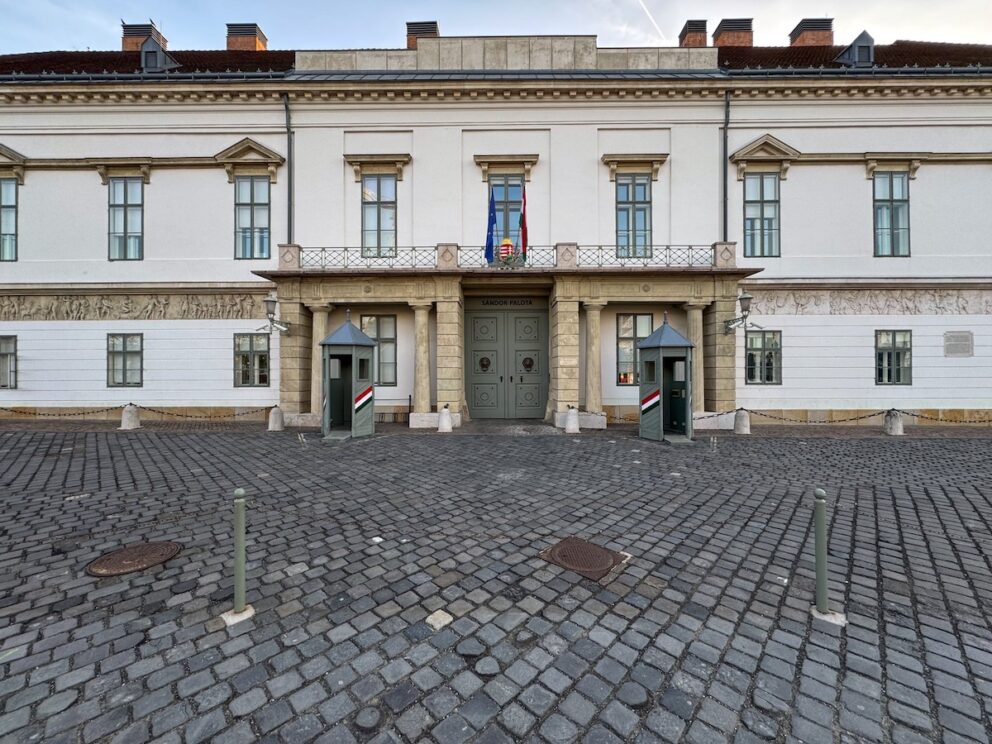
Changing of the guard – A revived tradition
The changing of the guard has become a tourist attraction that preserves the old traditions in a dignified way. Tourists can witness the regular ceremonial changing of the guard that occurs daily at Sándor Palace. It is a popular attraction for visitors, showcasing the traditional military precision and uniform of the Hungarian Guards. Throughout history verious guards served here: e.g. darabont bodyguards from 1904 or the Royal Body Guard from 1920. Now it is the modern continuation of an old tradition that goes back to centuries.
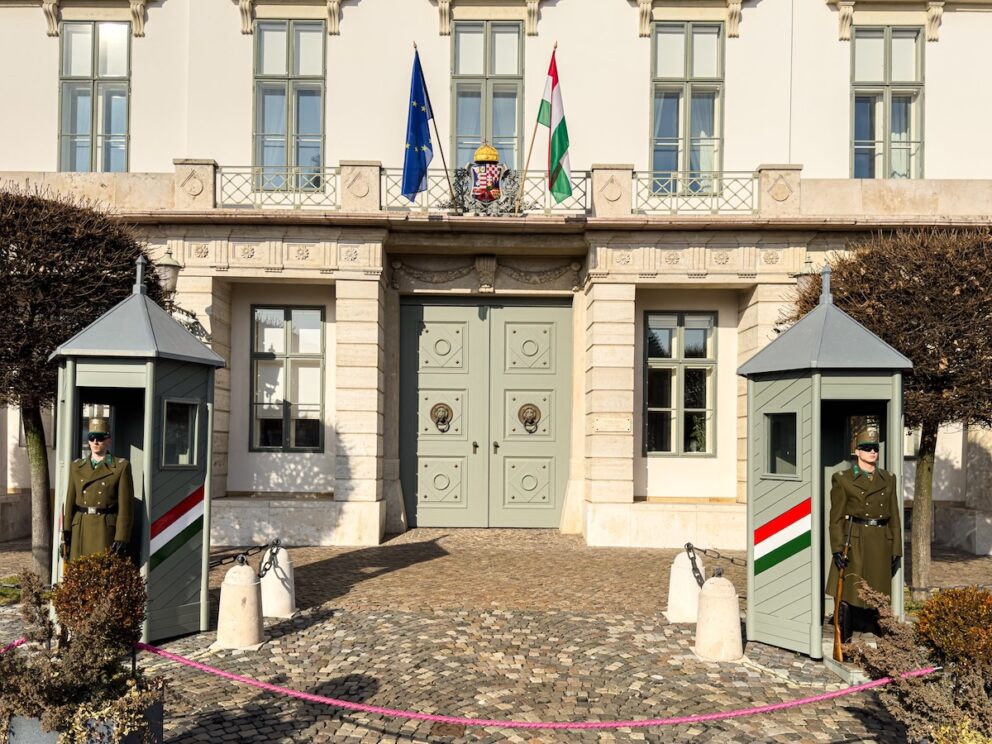
How?
Currently the decoration unit of the Hungarian Army performs guard duties. The shift starts with the sound of a drum. Every day the guard of honor delights passers-by with a spectacular changing of the guard. The special ceremony is accompanied by background music from the central band of the Hungarian Armed Forces.
The new guards depart from under the big terrace. At noon they come out to Szent Gyögy square, where there is a smaller parade. They lift, spin, chane their weapons. After this they go to the western gate to change, then to the southers gate. Finally the old guides go into the palace, the new ones take their places at the guard booths.
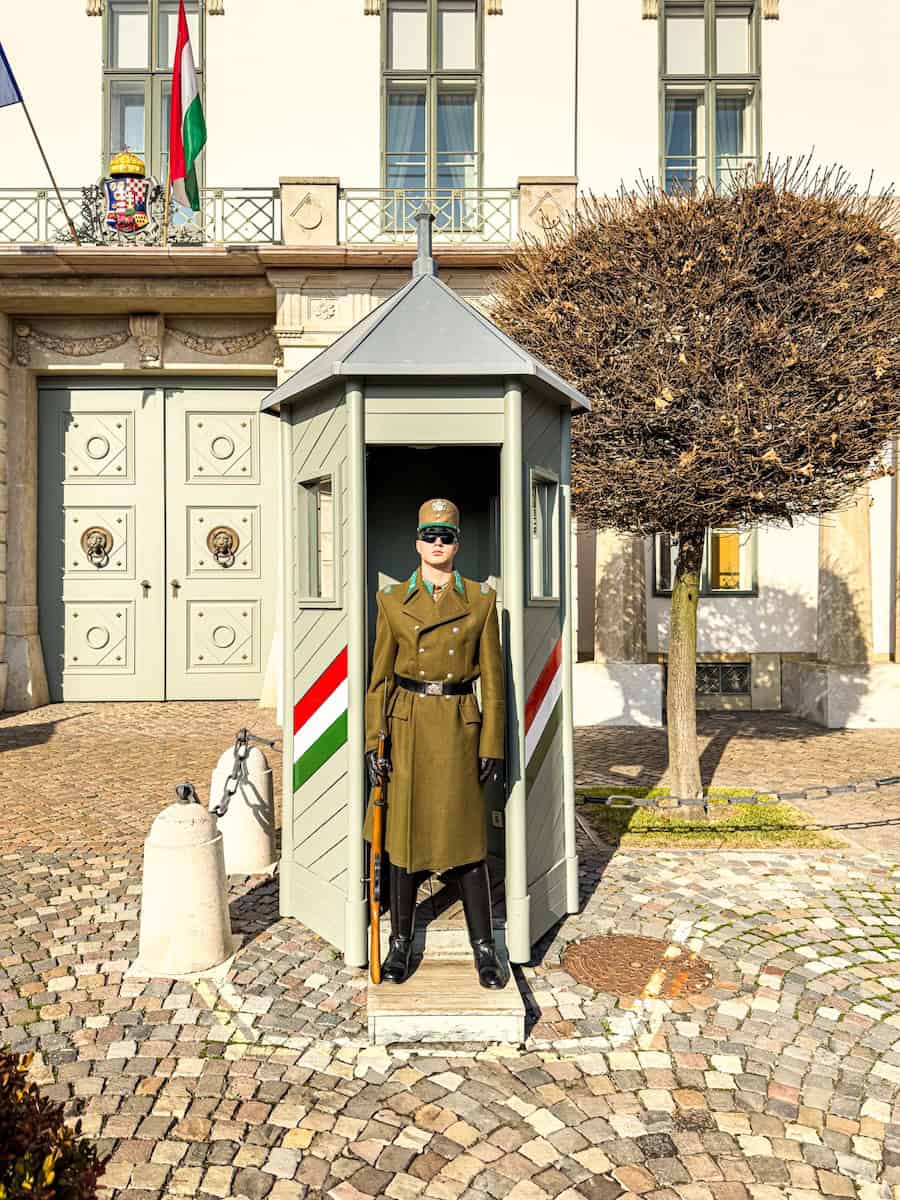
Where?
The ceremony takes place in Szent György square, in front of the palace, it changes at which gate. Sometimes at both gates, but sometimes only at the gate that faces the Royal Palace.
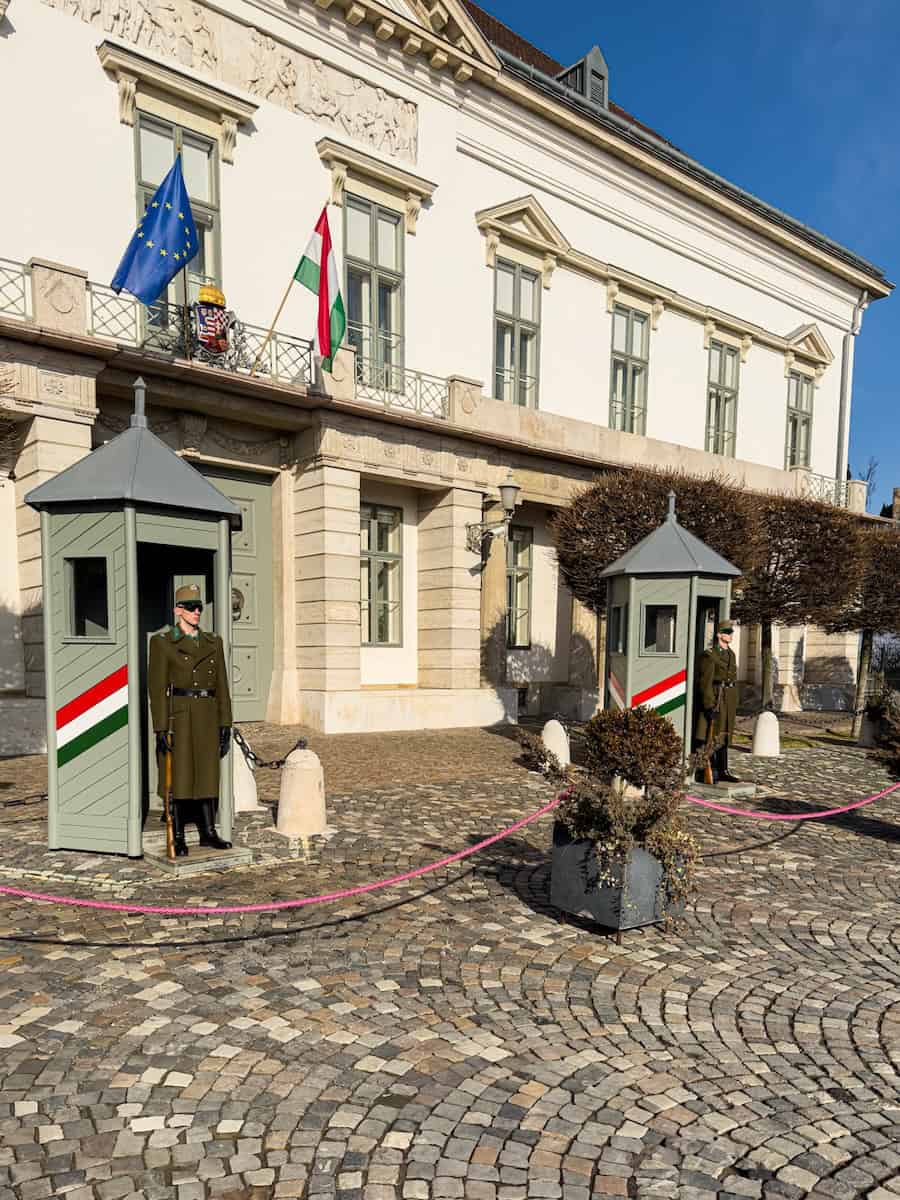
When?
The palace guards change hourly from 9 AM to 3 PM. The spectacular event begins at noon. The musical changing of the guard can be seen once a month. Occassionally, in every 10-15 minutes, the two guards change places within 1-2 minutes to move their bodies.
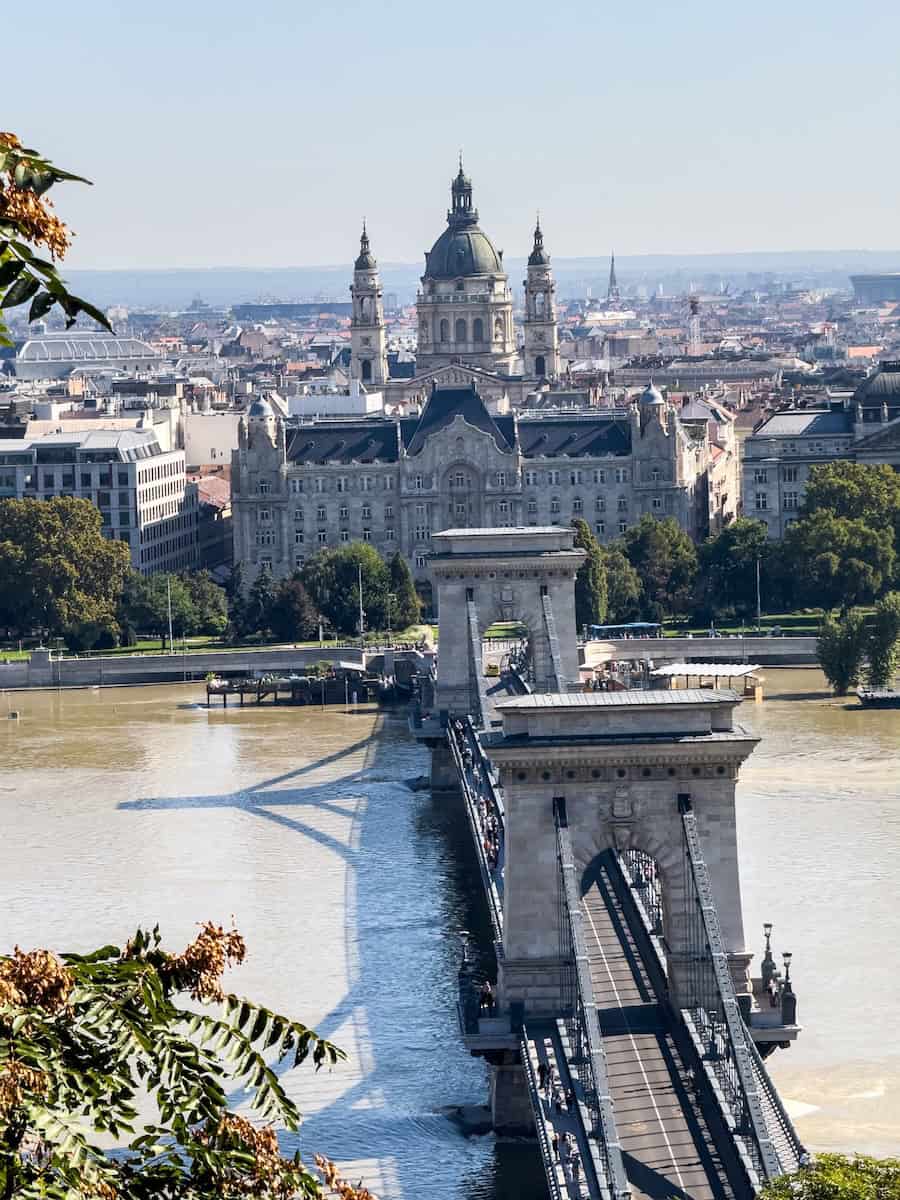
View from Sándor Palace
From the terrace of Sándor Palace or near the Funicular a wonderful sight unfolds before your eyes. You can see the Danube below, the historic bridges including Chain bridge, on the left Margaret Island, and on the opposite side Pest with the Parliament and Saint Stephen Basilica.
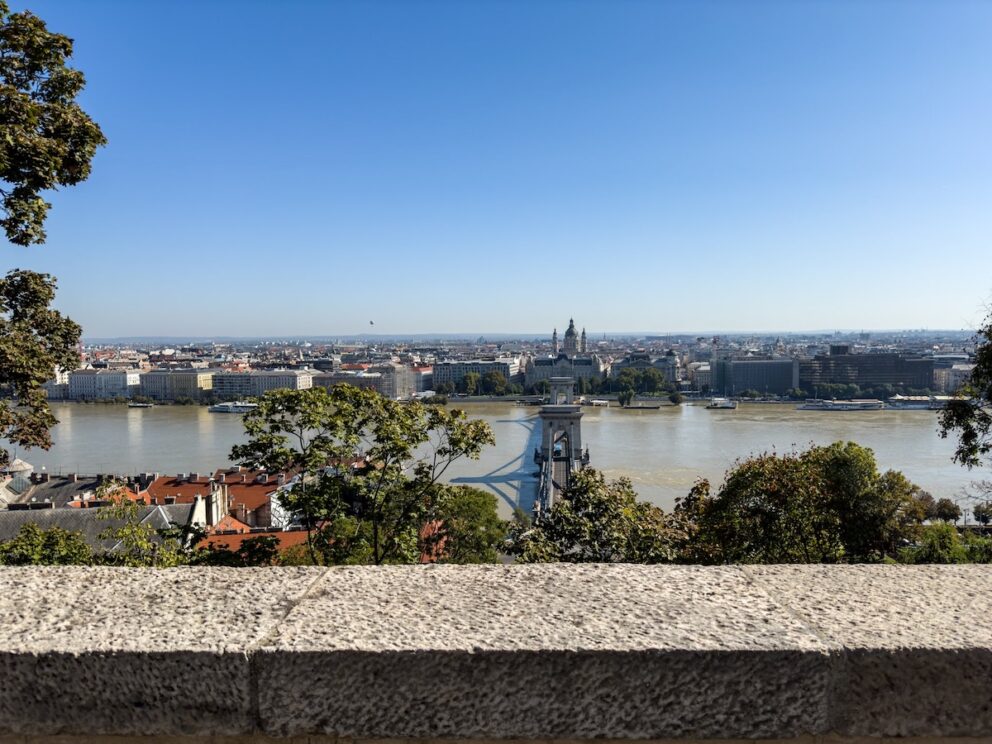
Additional information about the Buda Castle
The palace is a significant historical and political landmark, reflecting Hungary’s rich heritage. Visitors interested in exploring the Buda Castle District, where the palace is located, can also visit nearby attractions such as:
- Hungarian National Gallery
- Matthias Church
- Fisherman’s Bastion.
- Budapest History Museum
The district itself offers a blend of medieval architecture and stunning views over Budapest. Visitors can also explore Buda Castle Labyrinth, a historic underground cave system that was once used as a dungeon and shelter. This unique experience provides a glimpse into the city’s past and is a must-visit for history enthusiasts.
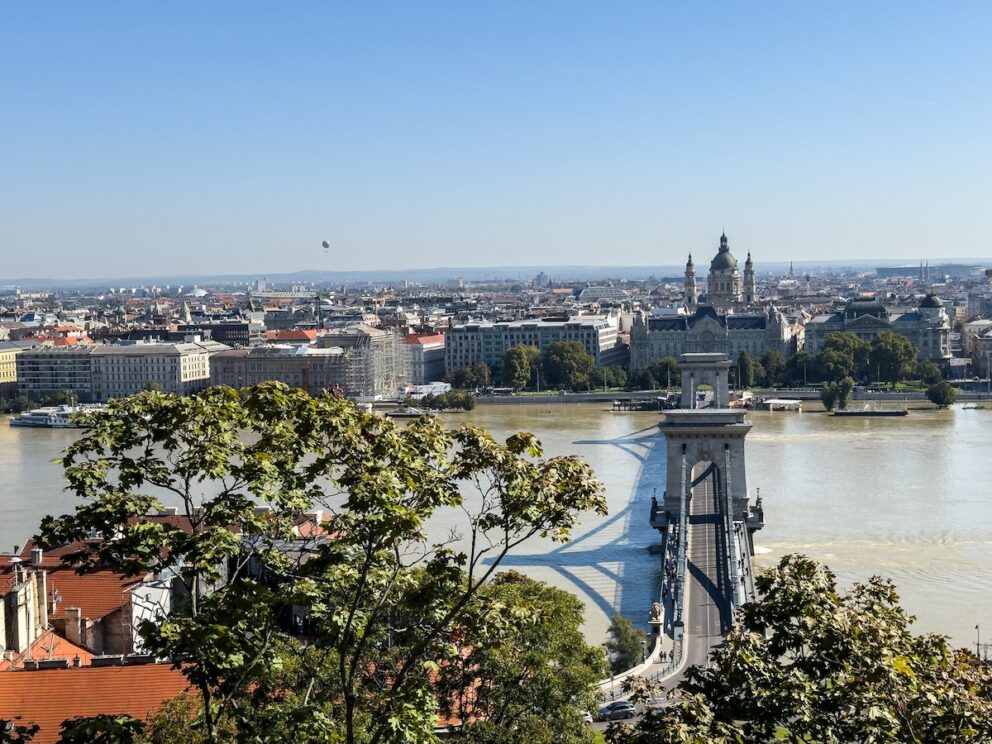
Where to eat?
After a day of exploring the district, visitors can relax and enjoy a meal at one of the many charming restaurants or cafes in the area. There is no specific restaurant within Sándor Palace itself, but there are several nearby dining options in the Buda Castle Complex, such as Baltazár Grill, Pierrot, and 21 Hungarian Kitchen.
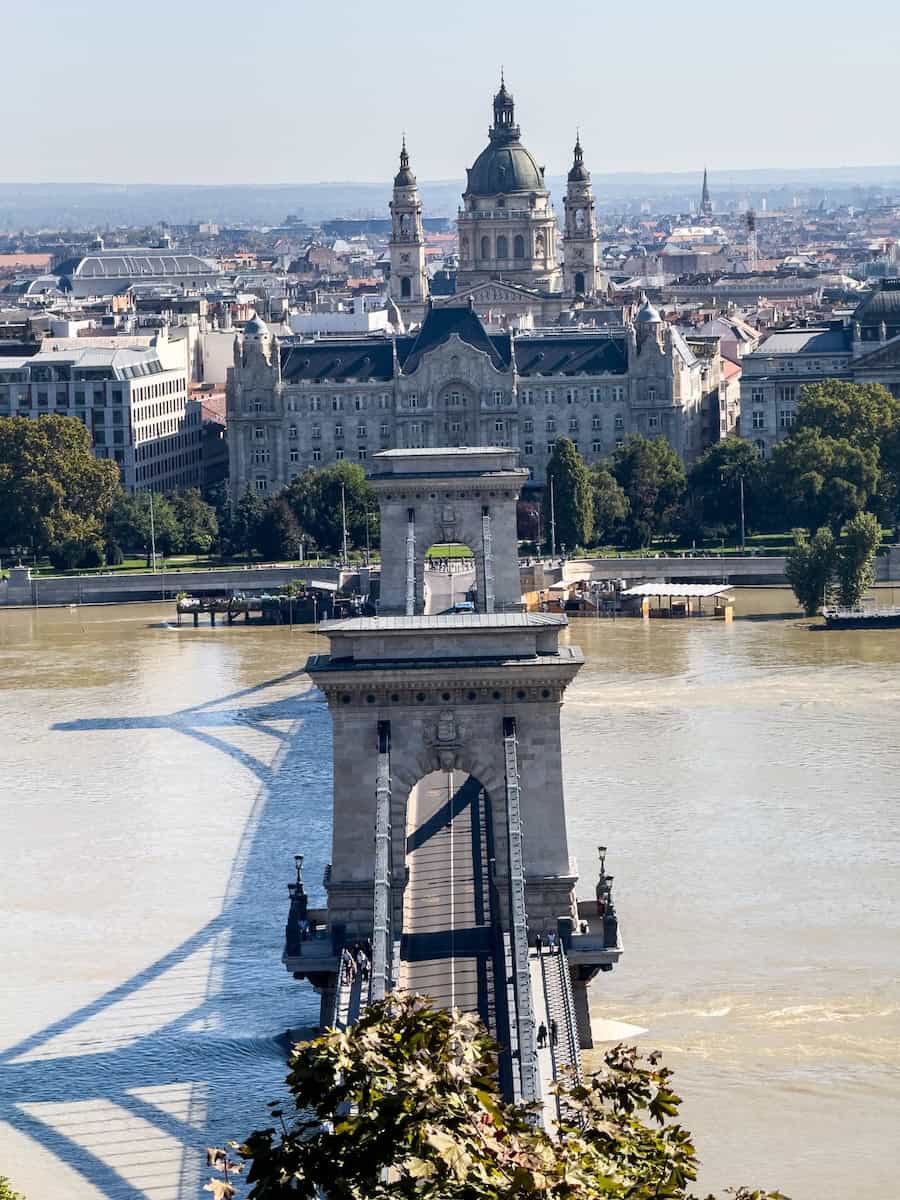
Watch Budapest Live
Camera at Erzsébet Square
Fisheye Cam at Erzsébet Square
Camera at Bazilika
Q&A
Who lives in Sandor Palace?
The Sandor Palace, located in Budapest, Hungary, is the official residence of the President of Hungary.
What is the most famous castle in Budapest?
The most famous castle in Budapest is the Buda Castle. It is a historical castle and palace complex located on Castle Hill, offering stunning views of the city. The Buda Castle has a rich history and is home to various museums and galleries, including the Hungarian National Gallery and the Budapest History Museum. It is also a UNESCO World Heritage site.
Is Budapest castle free?
The Buda Castle complex itself is free to visit, including the outdoor areas, such as the Castle Courtyards, Fisherman’s Bastion, and the surrounding gardens. However, some parts of the Castle, including museums and exhibitions within the castle, may require an entrance fee. For example:
The Hungarian National Gallery
The Budapest History Museum
